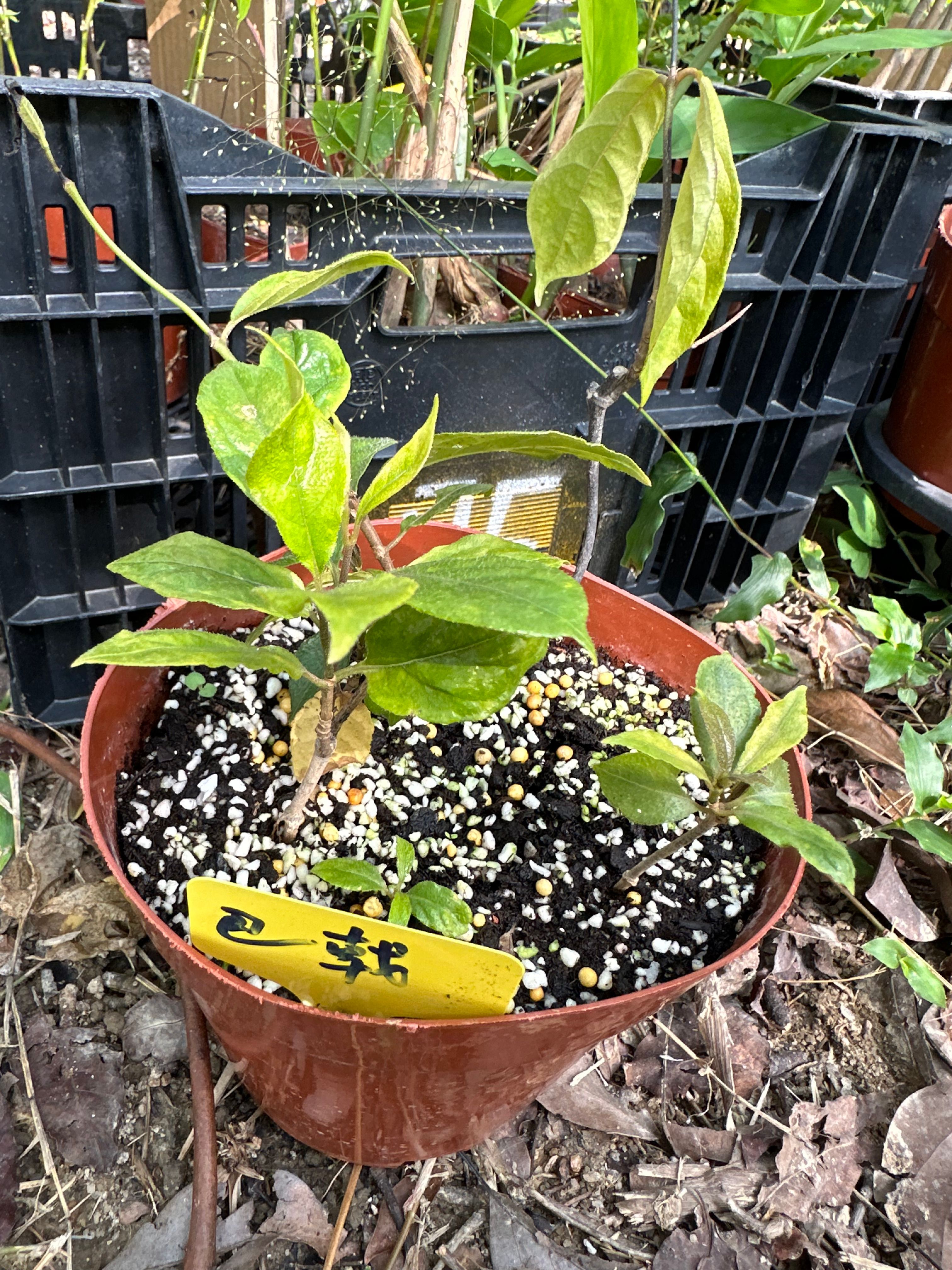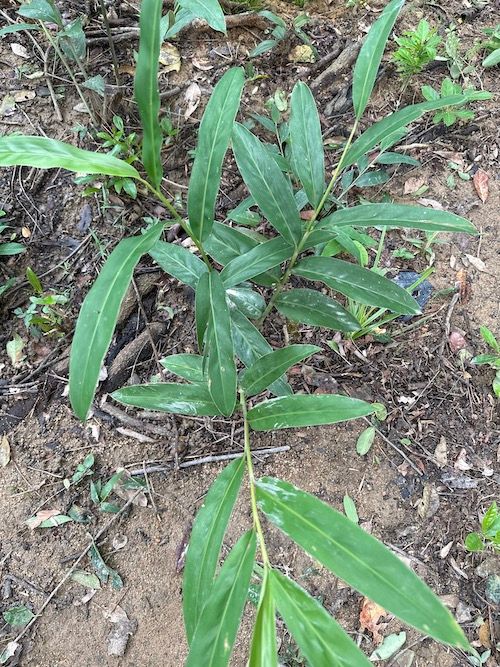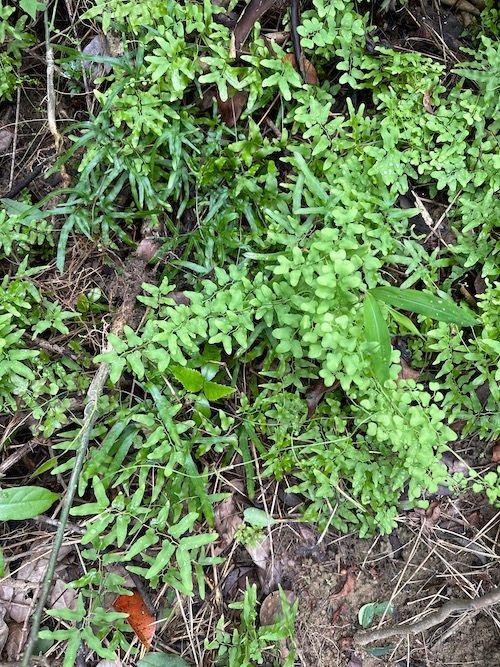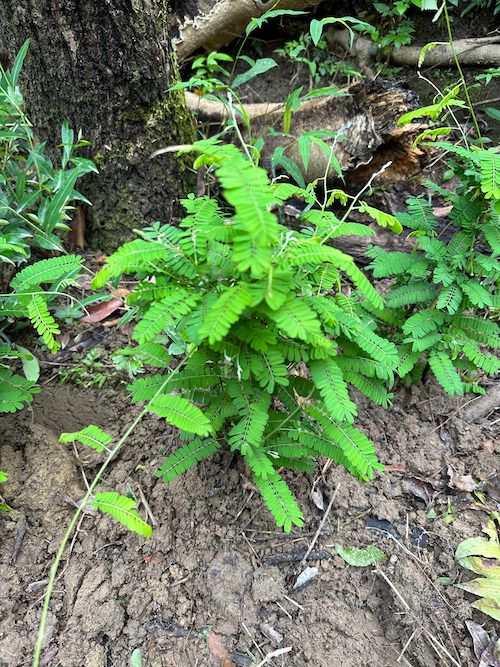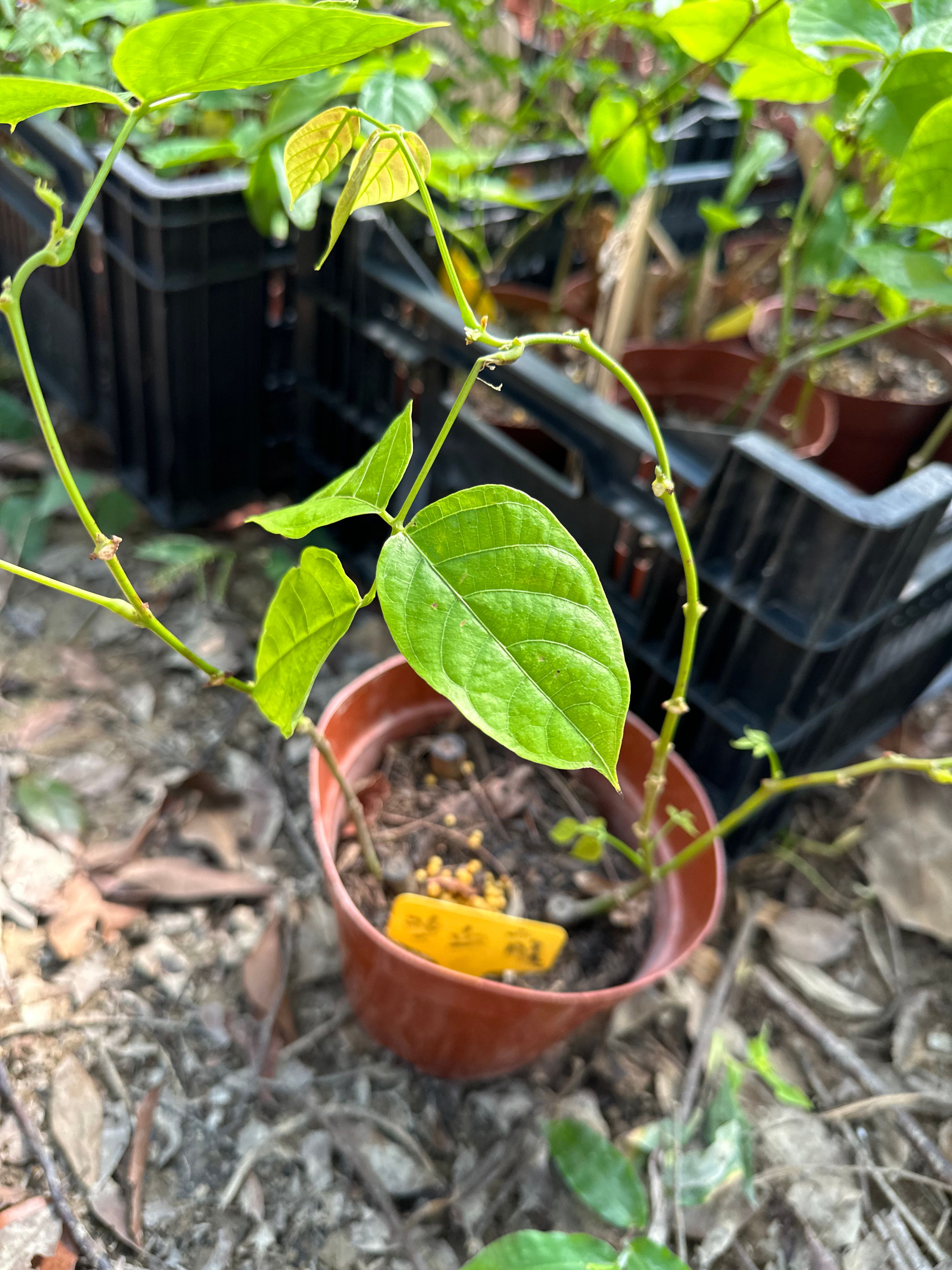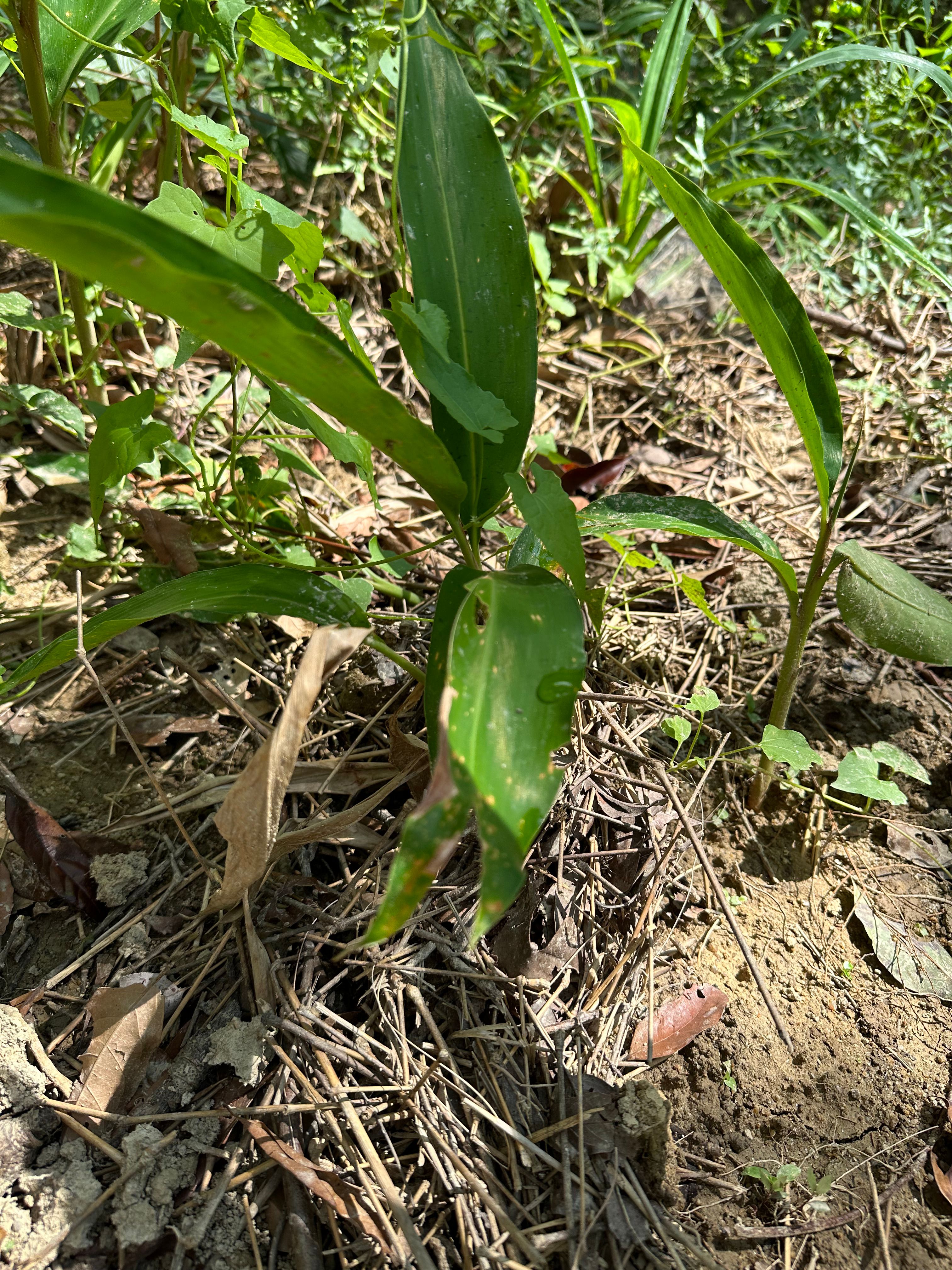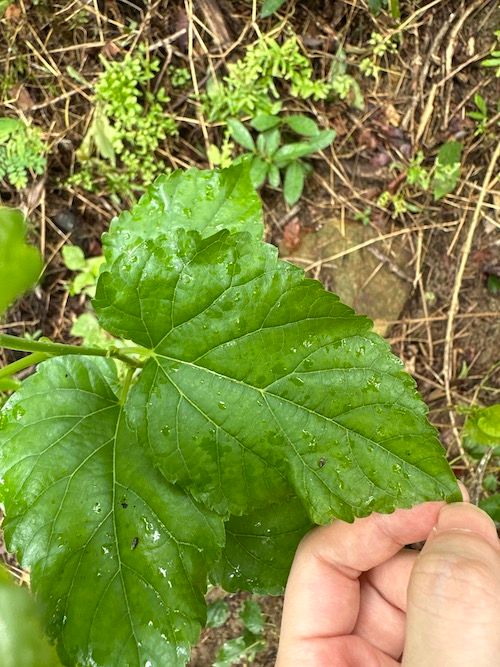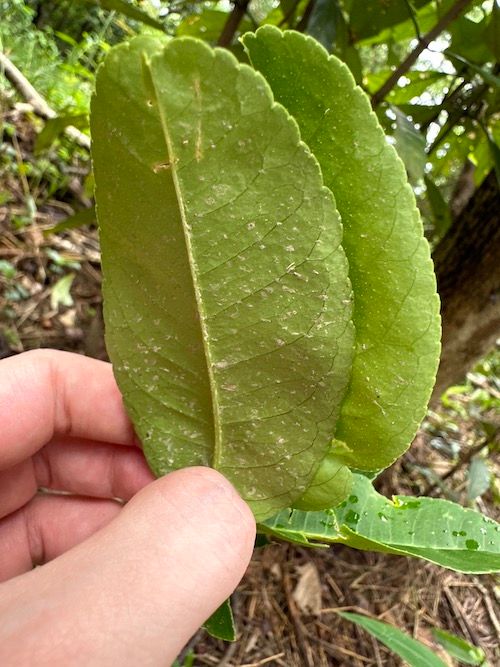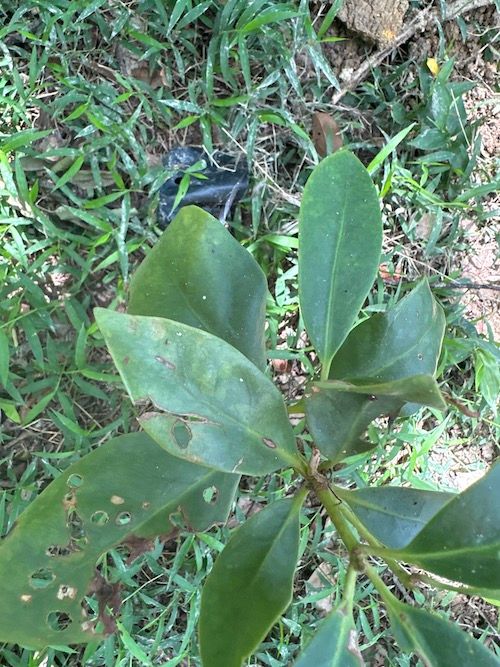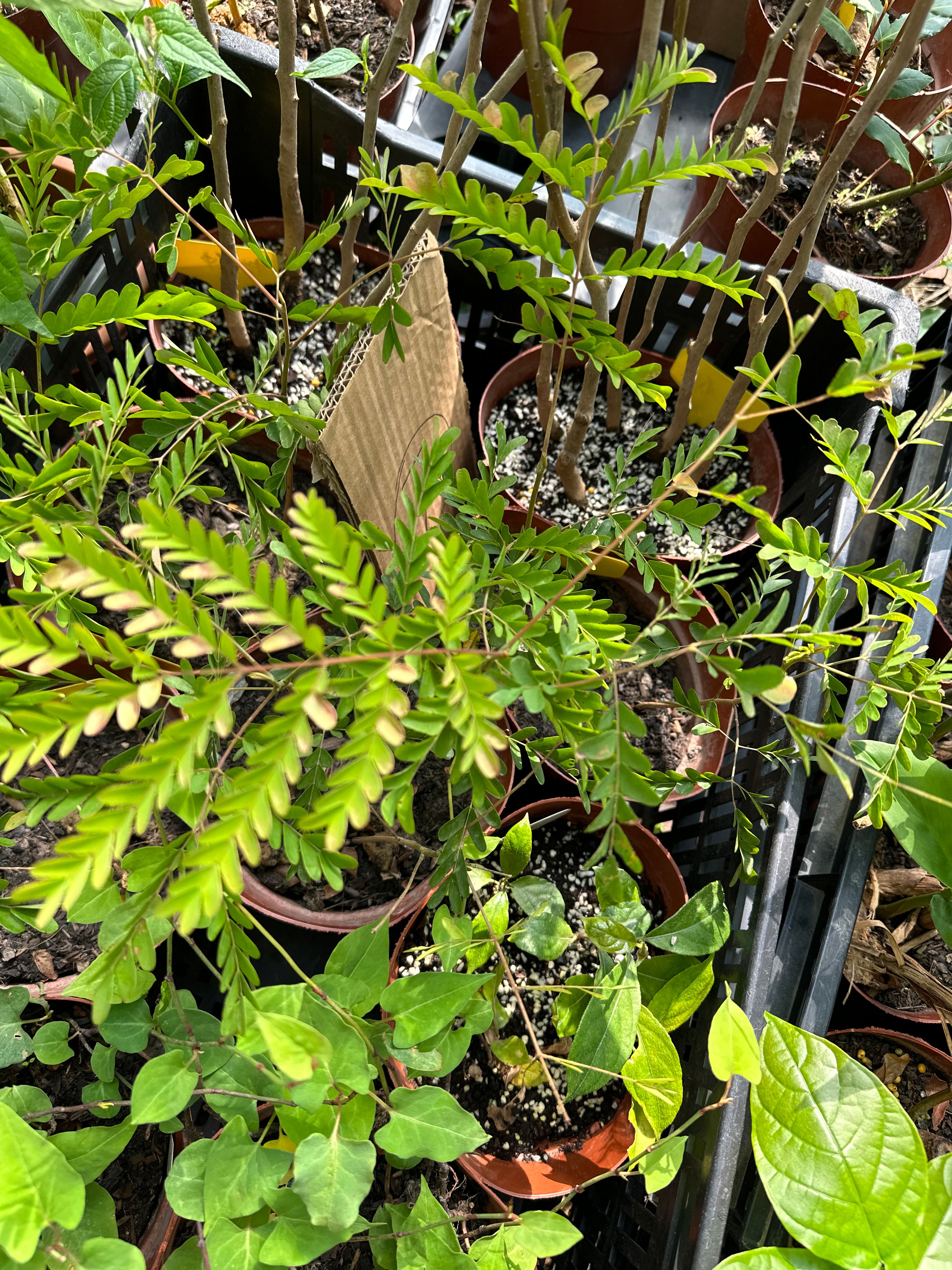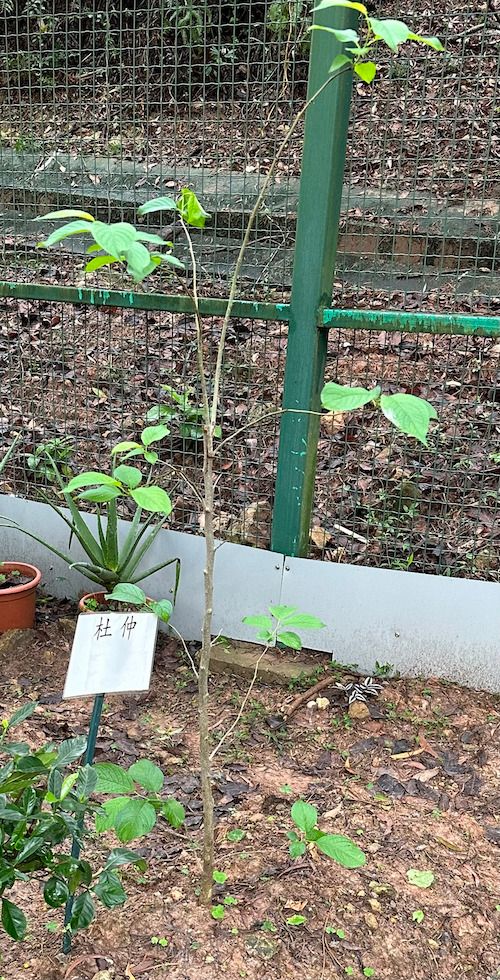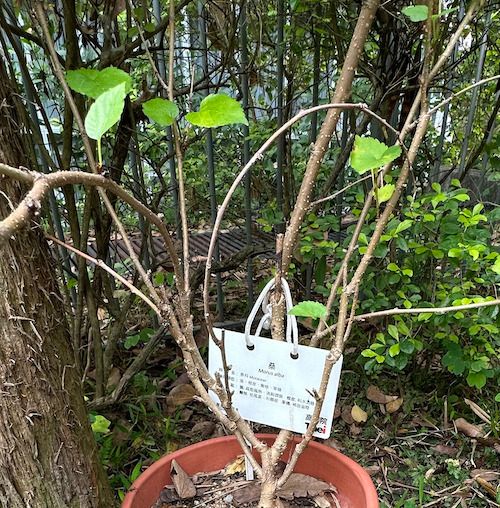Chinese Herbal Medicine Garden was built in 2023 and sponsored by Dorsett Hospitality International and Far East Consortium International Limited, Wu Zhi Qiao (Bridge to China) Charitable Foundation and Technological and Higher Education Institute of Hong Kong jointly built it. This medicine garden is supported by funds from the Matching Grant Scheme. It aims to develop Chinese medicine, publicize the culture of Chinese medicine, and increase the public's knowledge of Chinese medicine. The medicine garden is located in Sai Kung Pak Kong Village and it covers an area of 40,000 ft2. It is divided into seven areas, namely Herbal Tea, Soups, Medicinal Baths, Fresh Herbs, Herbs, Folk/Folklore Chinese Medicine, and Local Lingnan Chinese Medicine respectively. We really appreciate the strong support of various supporting organizations.
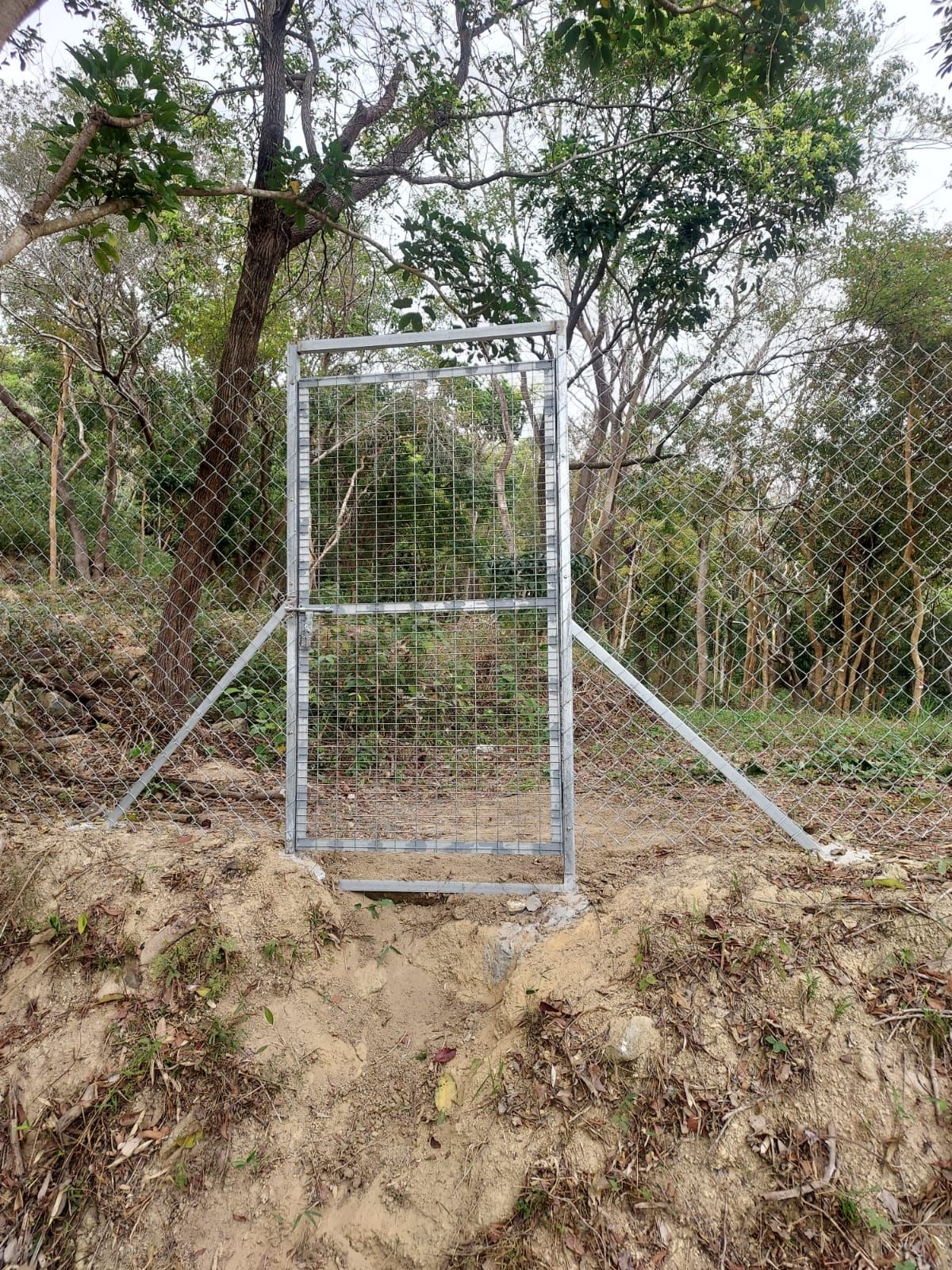
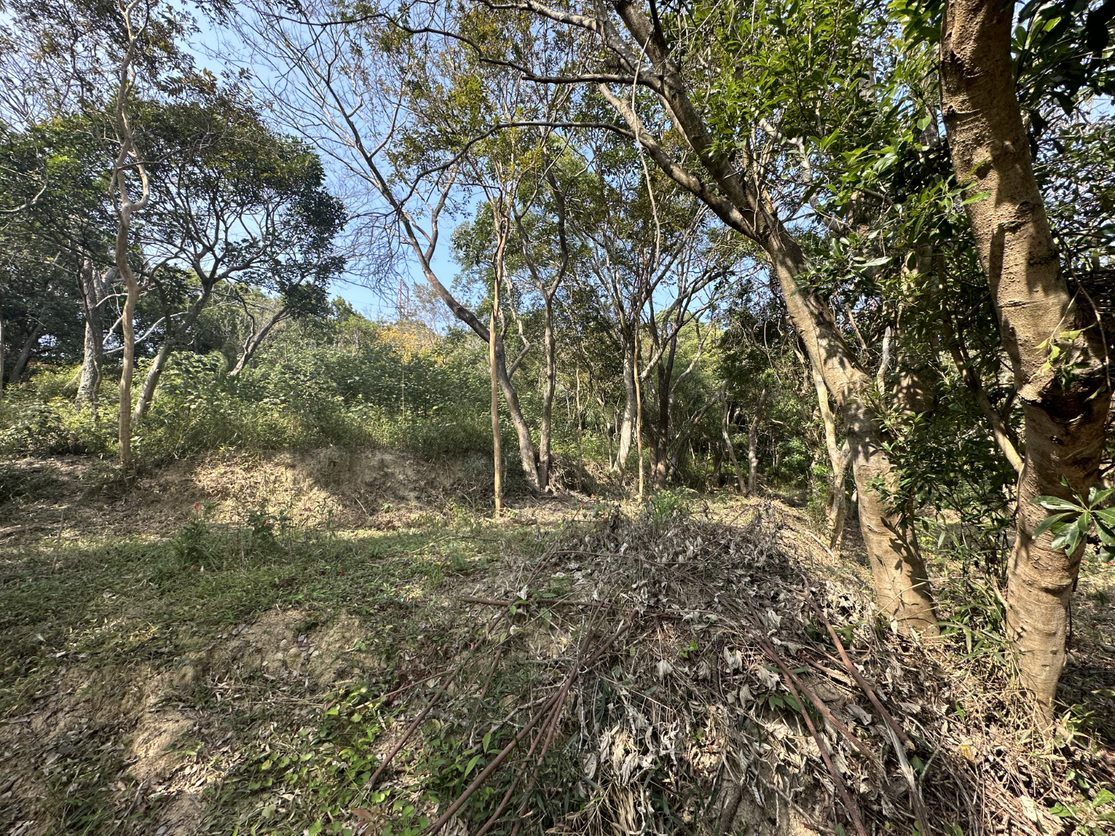
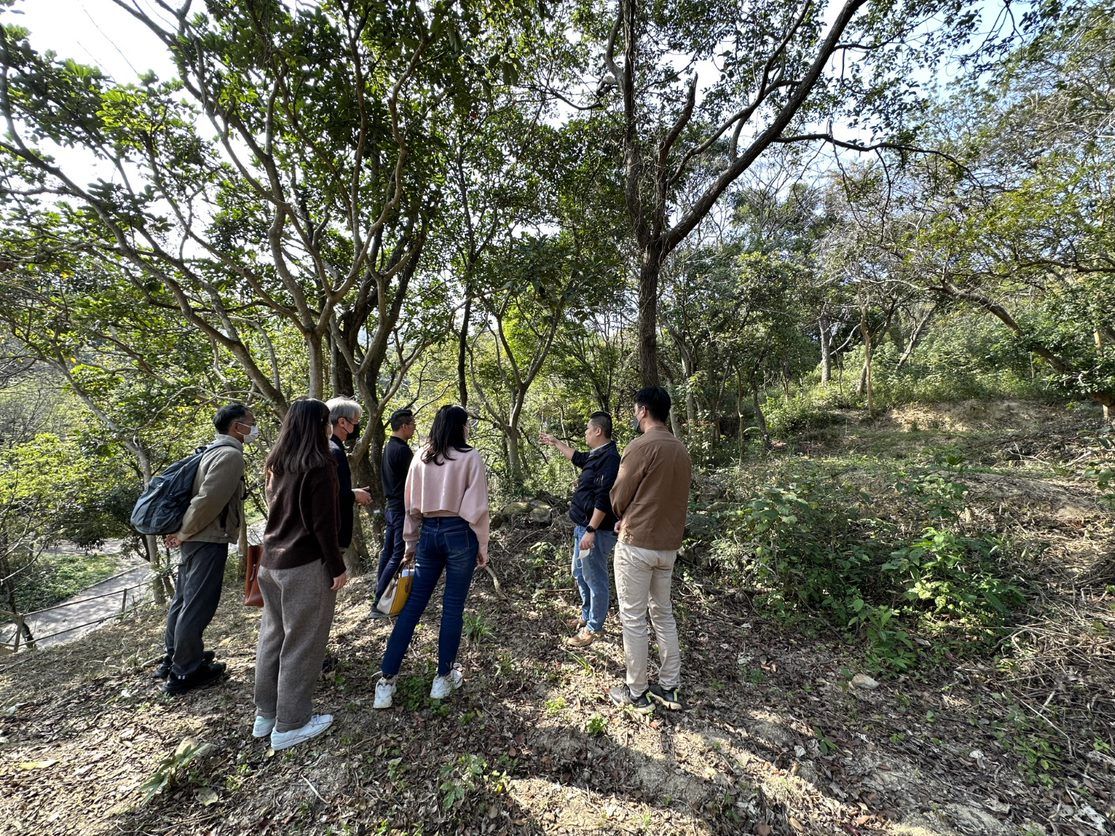
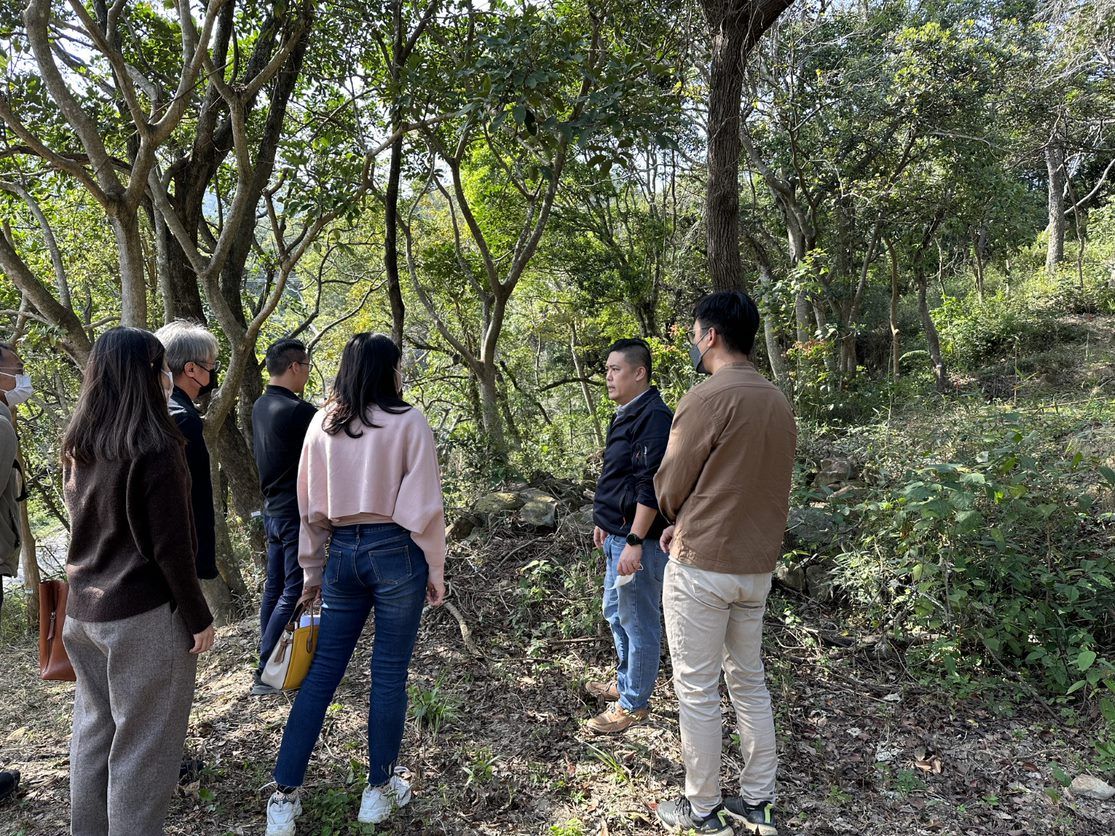
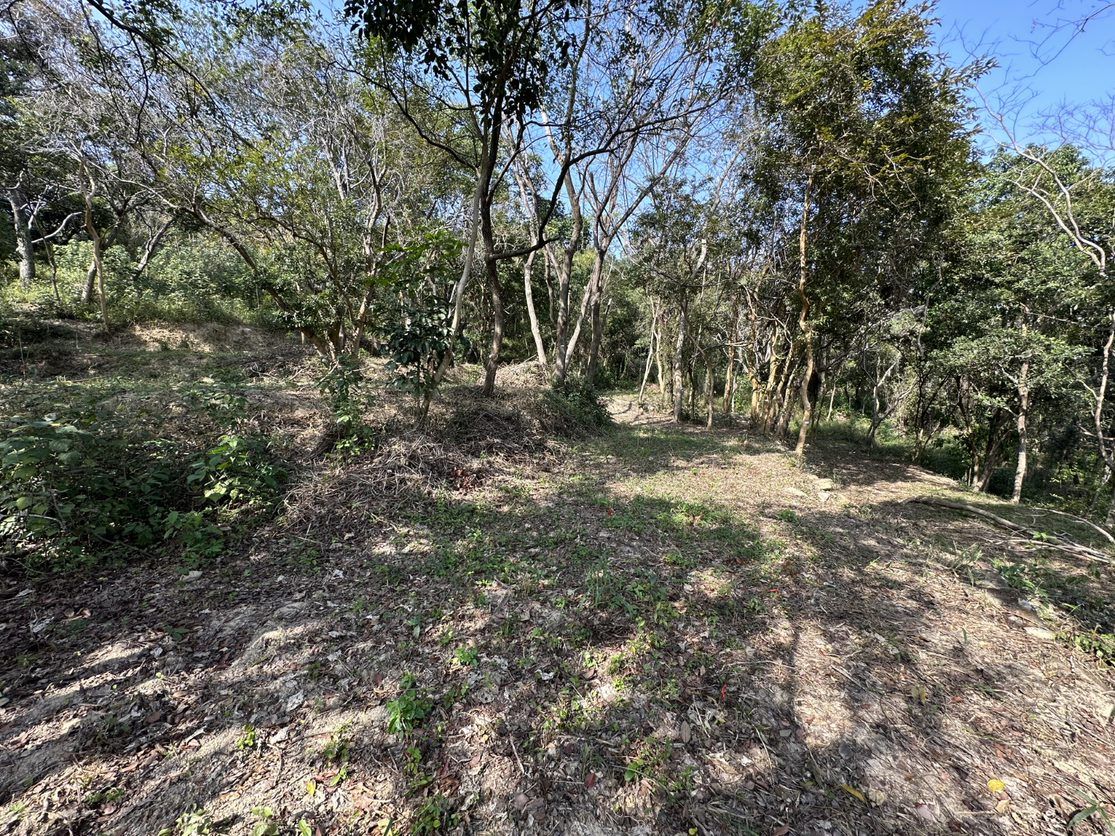
Herbal tea (“Leung cha”, or “Cooling tea”) is a Chinese medicinal herbal decoction according to traditional Chinese medicine theories. The function of herbal tea is clear heat and resolve toxins. The origin of herbal tea is Lingnan. Lingnan is hot and humid, and people often eat dryness-heat food to cause “internal heat”. Therefore, people use different Chinese herbal medicines that function in clear heat and resolve toxins to make herbal tea. It is listed on Hong Kong Intangible Cultural Heritage and unique food culture in Hong Kong. It has a history of over a hundred years. The Chinese medicine garden is currently planting Japanese Honysuckle Flower Bud, Tree Cotton, Frangipani, Shortstyle Cratoxylum, Microcos, Lohanguo Siraitia Fruit, Thin Evodia, Hog Plum, Rough-leaved Holly, Rose Myrtle, Florists Dendranthema, Ivy tree, Mongolian Dandelion, Plantain, Asiatic Pennywort, Muskroot - like Semiaquilegia Root, Lalang Grass Rhizome, Common Lophatherum Herb, Triquetrous Tadehagi, Coix Seed, Sarcandra, Java Brucea Fruit, Hedyotis hedyotidea, and Common Turmeric Rhizome. There are common traditional Chinese medicines used in herbal tea.
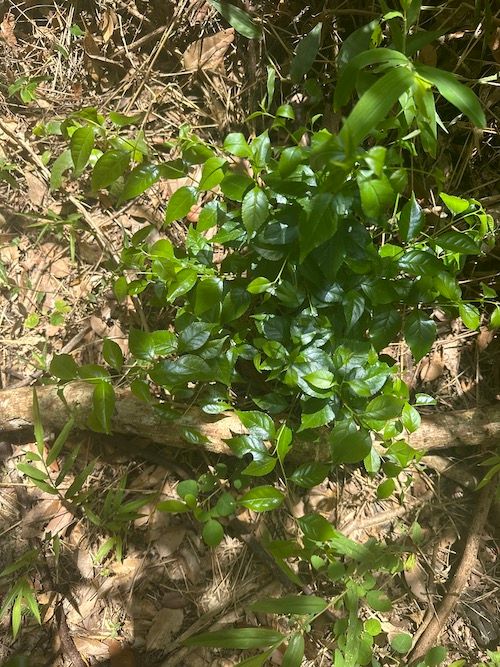
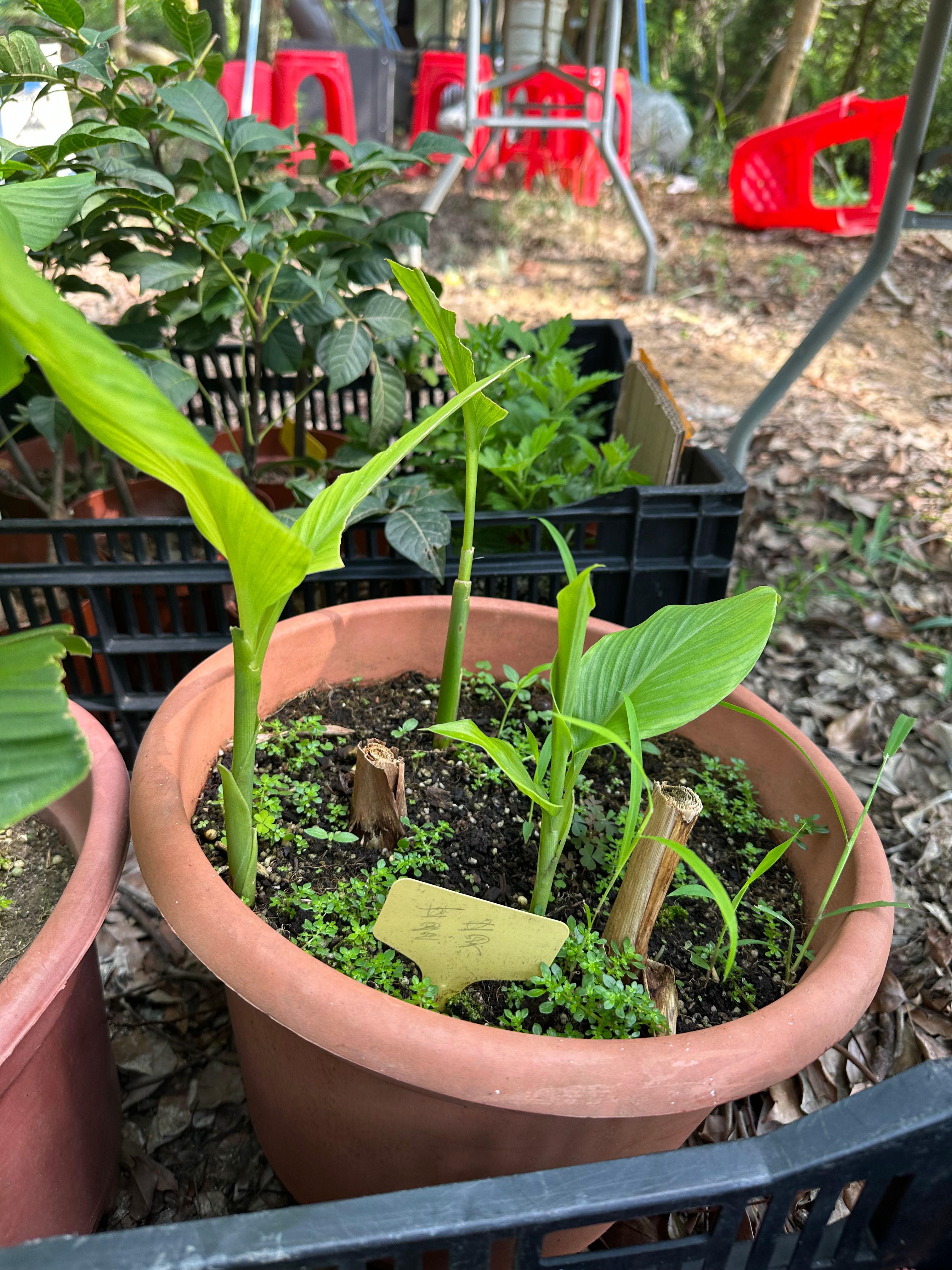
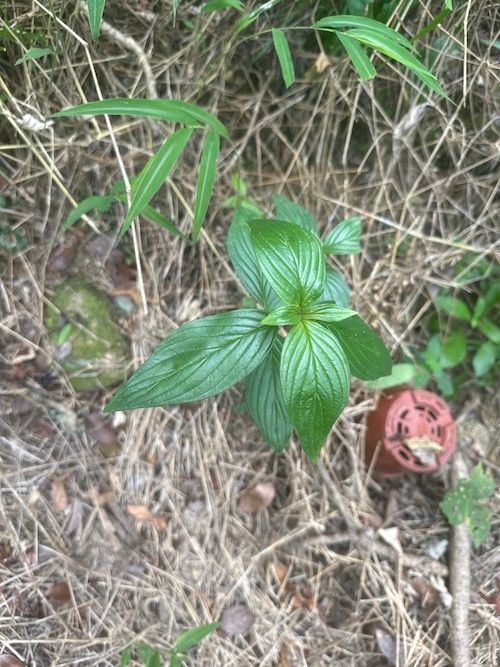
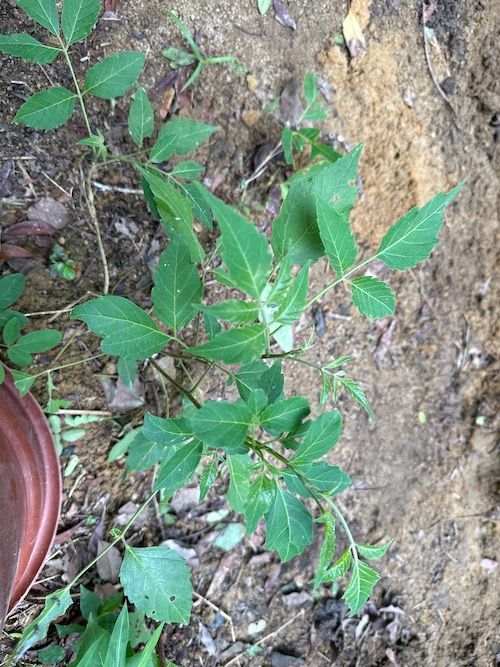
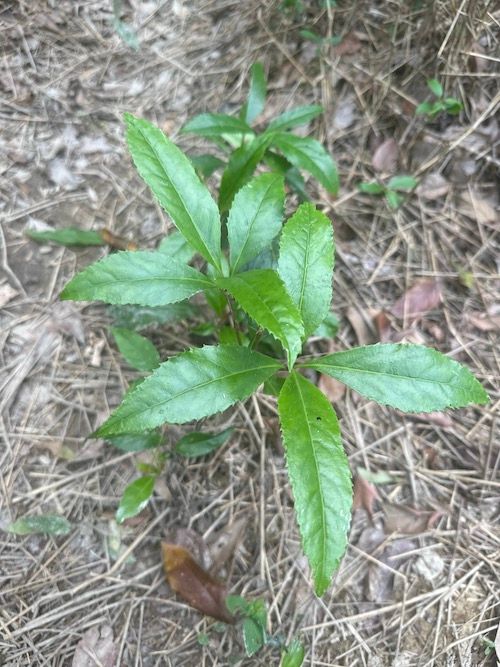

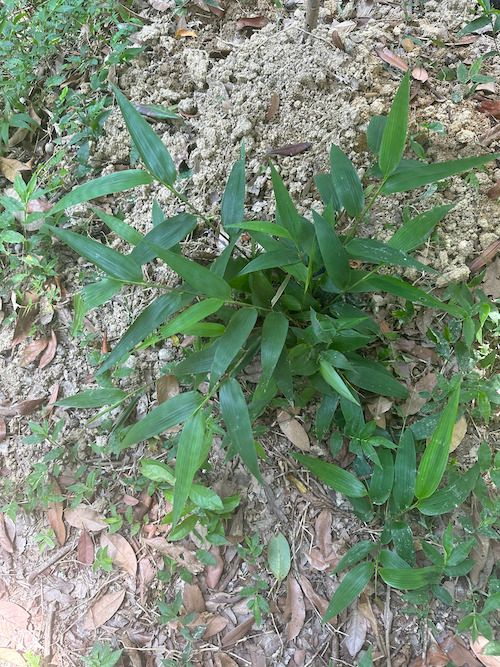
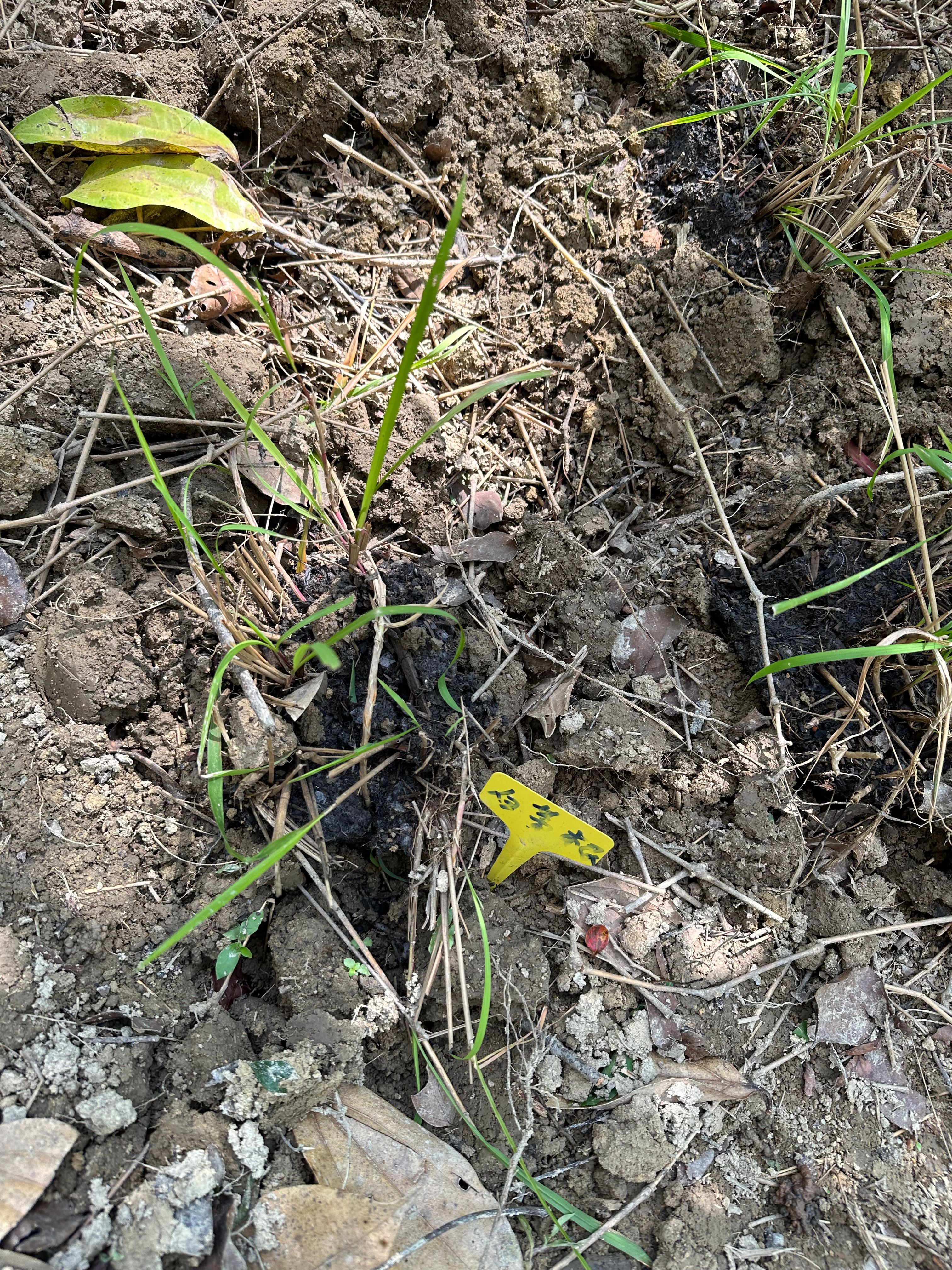
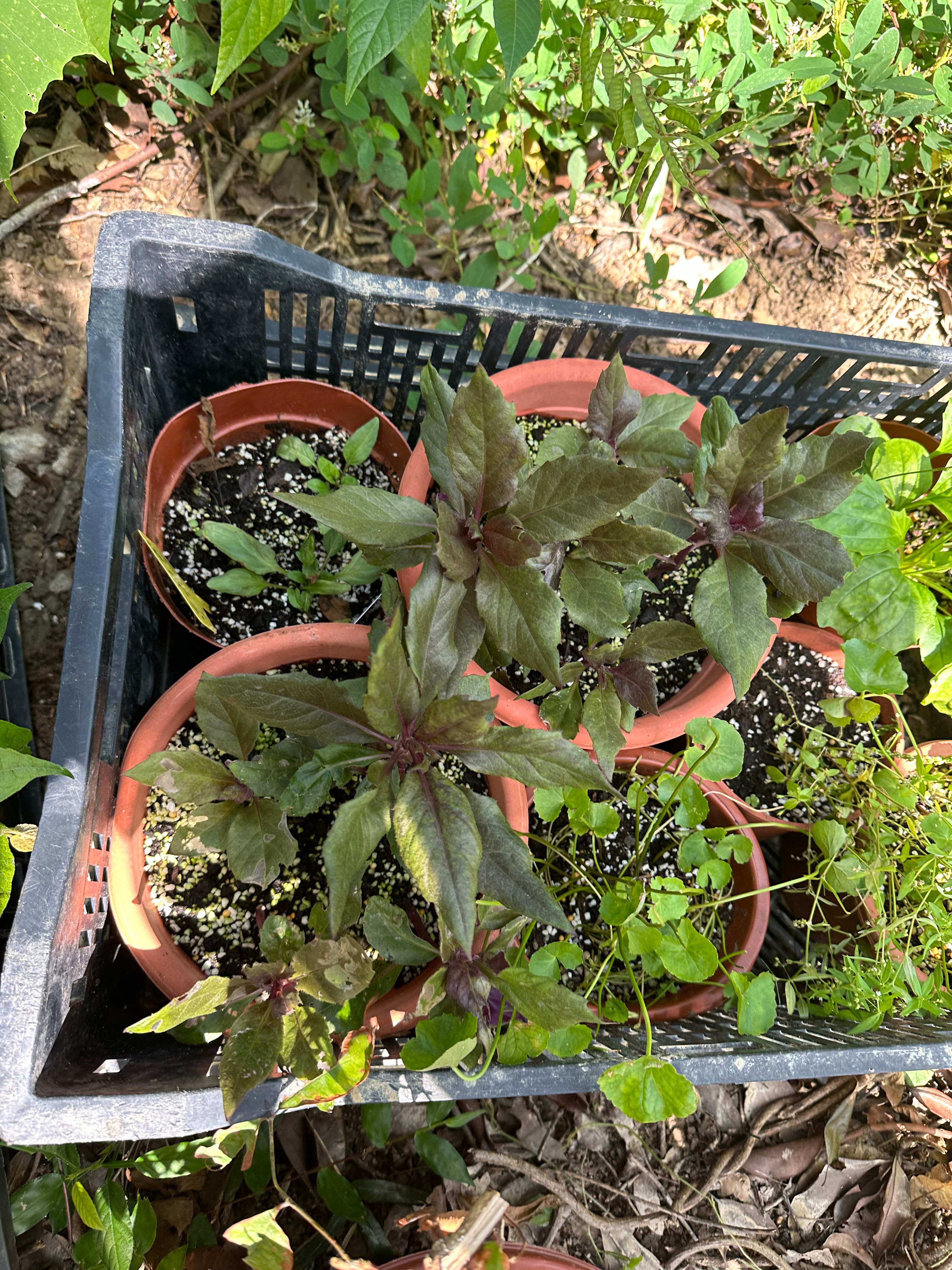
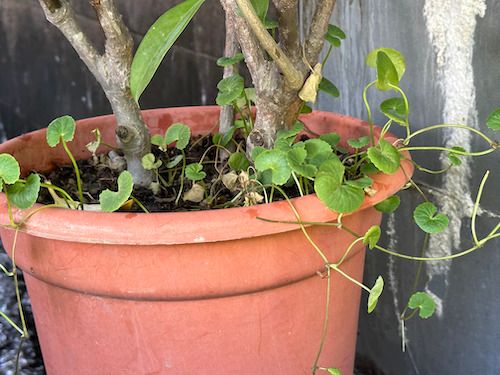

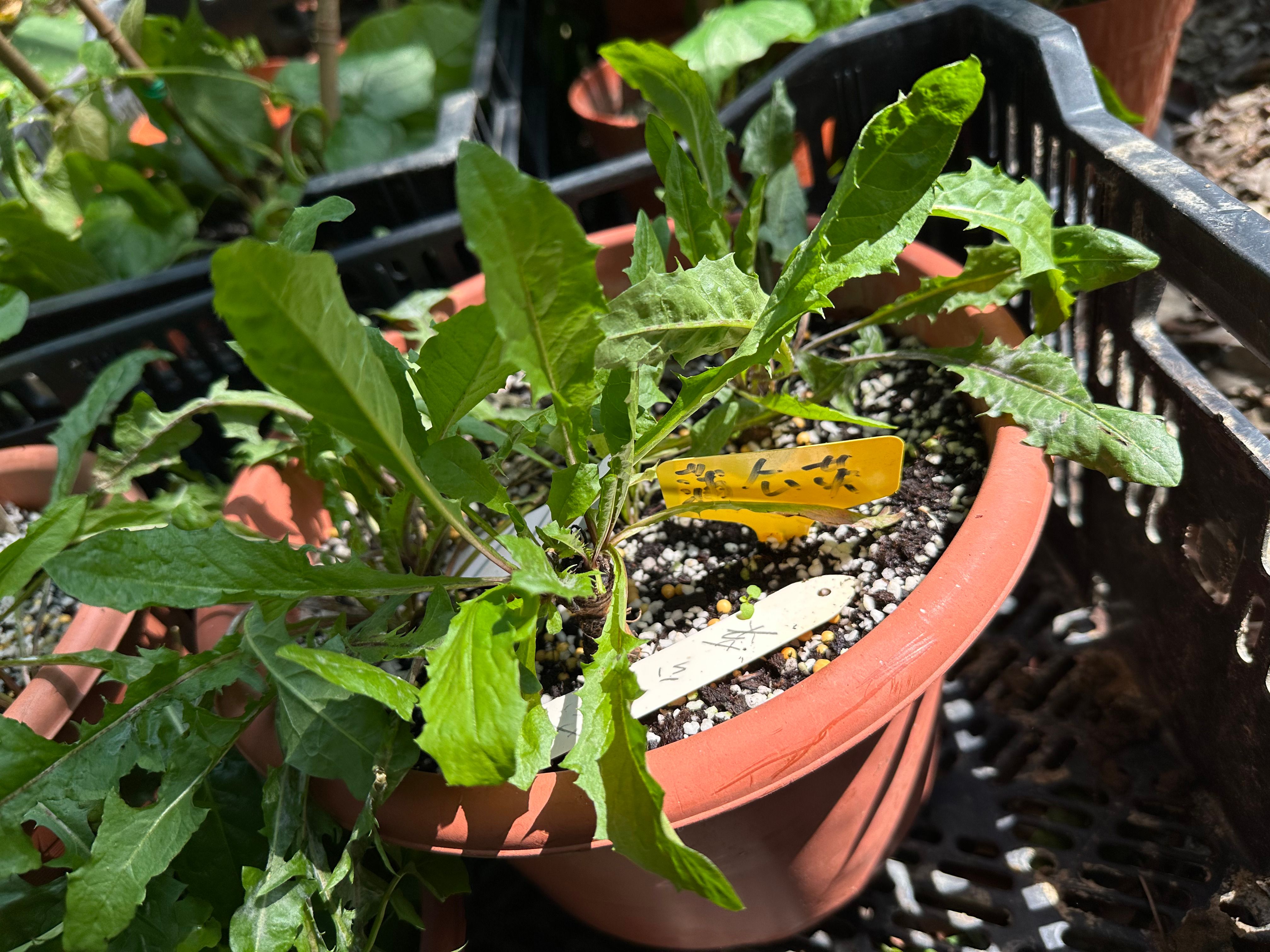
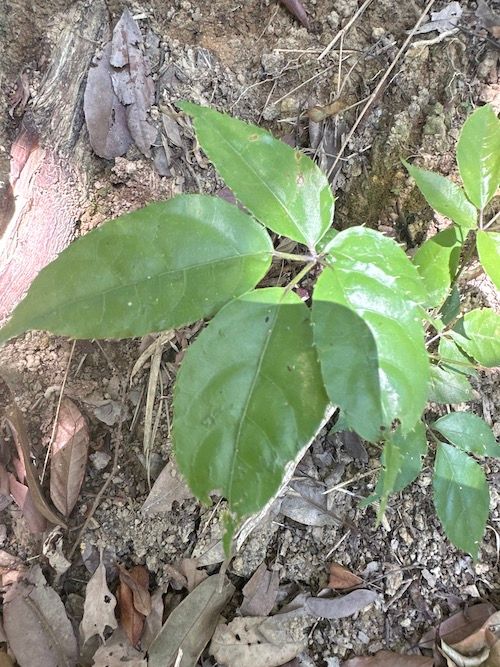
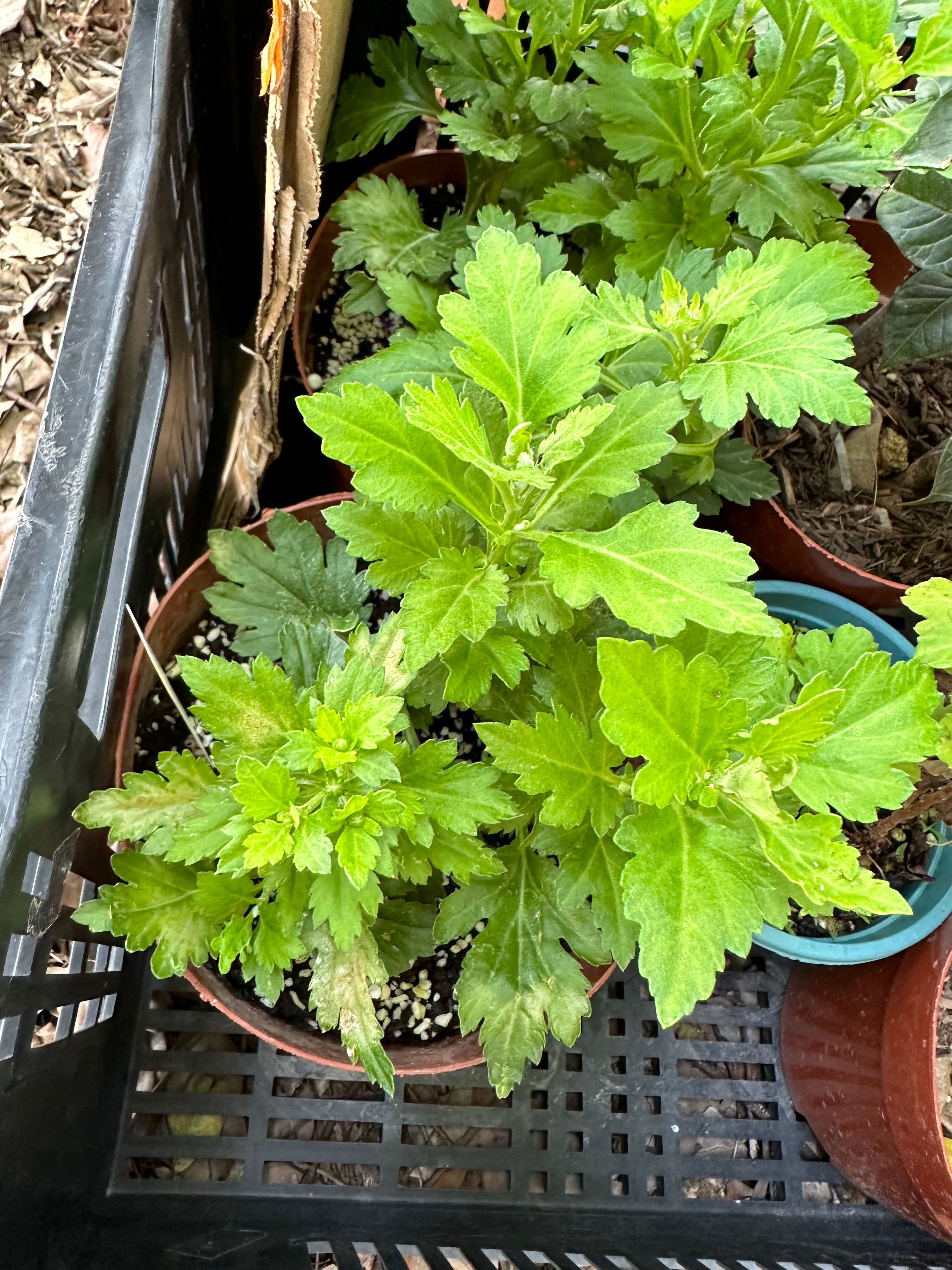
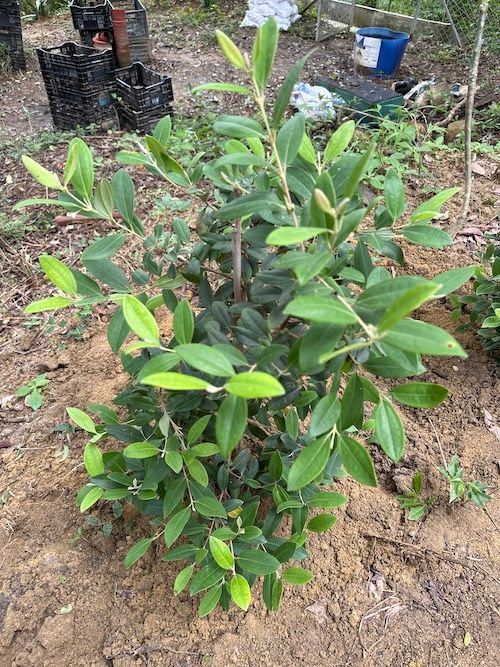
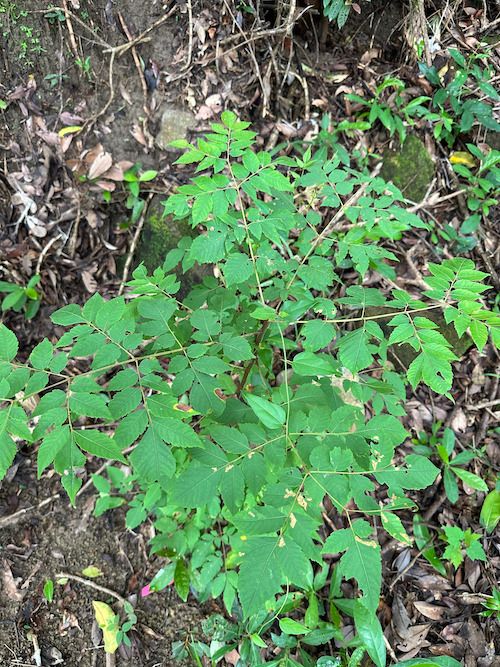
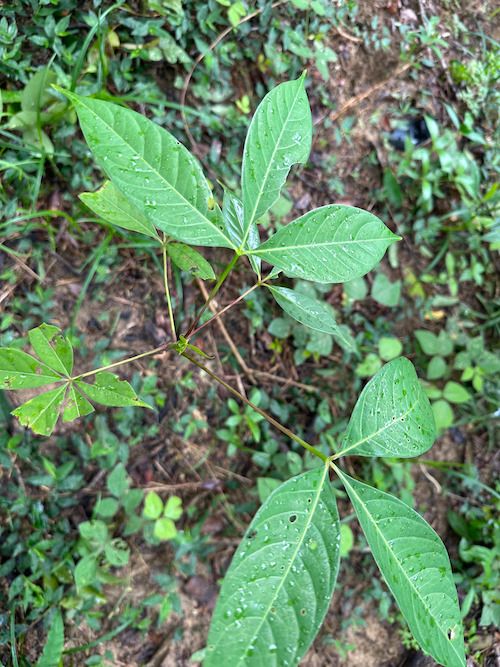
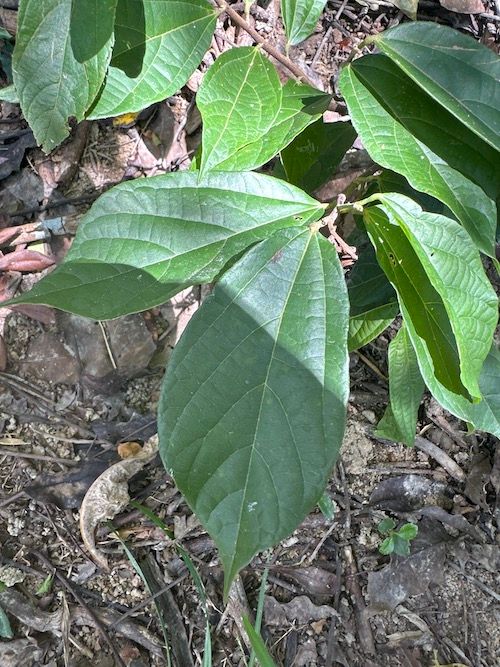
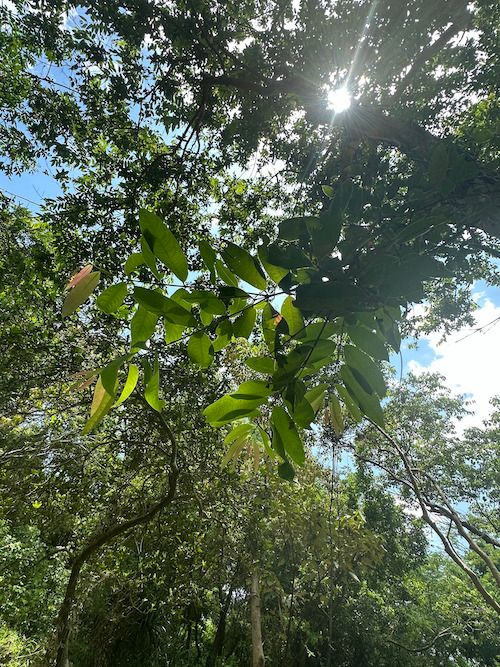
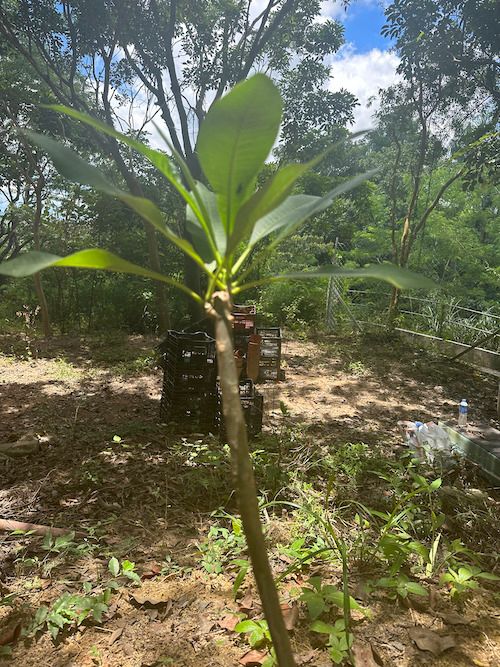
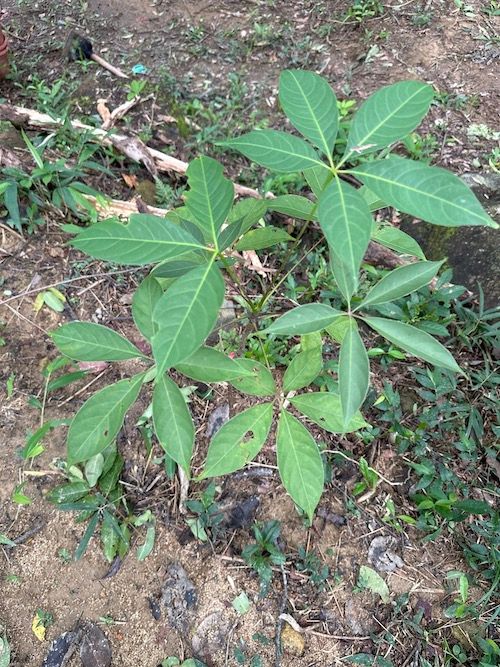
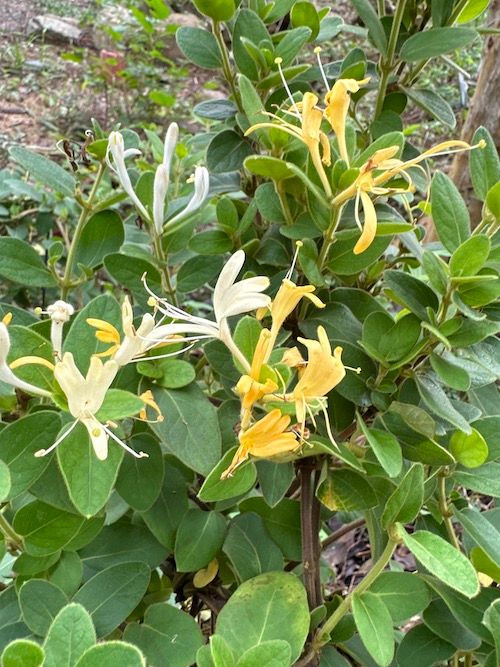
Soup is a drink made by adding water to various ingredients and cooking, and it is also a food culture that people often use for health preservation. According to the five-element theory of traditional Chinese medicine, in response to temperature and climate changes in the four seasons, the viscera of the human body that needs to be nourished is also different, and Chinese medicines with different functions need to be used. It can choose traditional Chinese medicine that moisturizes the lungs in the dry season such as Siraitia grosvenorii. Examples of common Chinese herbal soups include “Minor Center-Fortifying Decoction”, “Four Substances Decoction”, and “Eight-Gem Decoction”. The Chinese medicine garden is currently planting Strawberry Tree, Barbary Wolfberry, Jujube, Dried Longan Pulp, Glabrous Greenbrier Rhizome, Hairy Fig, Fresh Ginger, and White Peony Root. There are common traditional Chinese medicines used in soup.
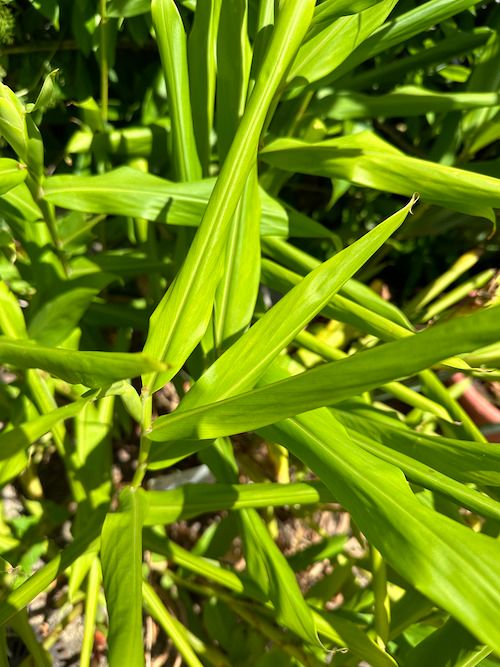
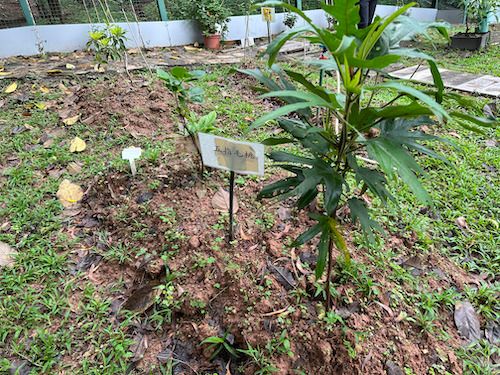
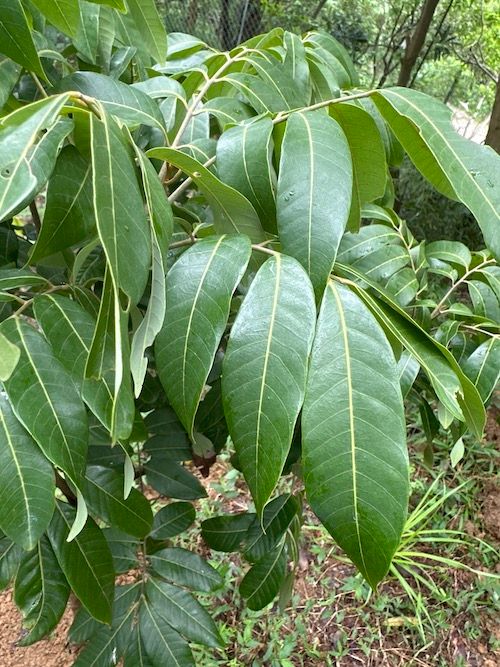
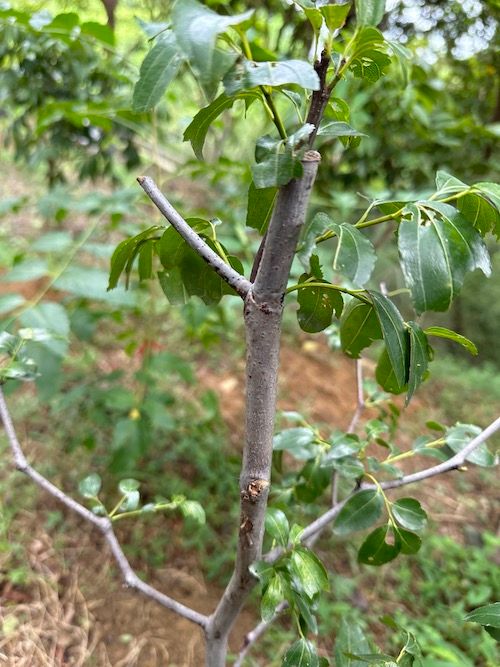
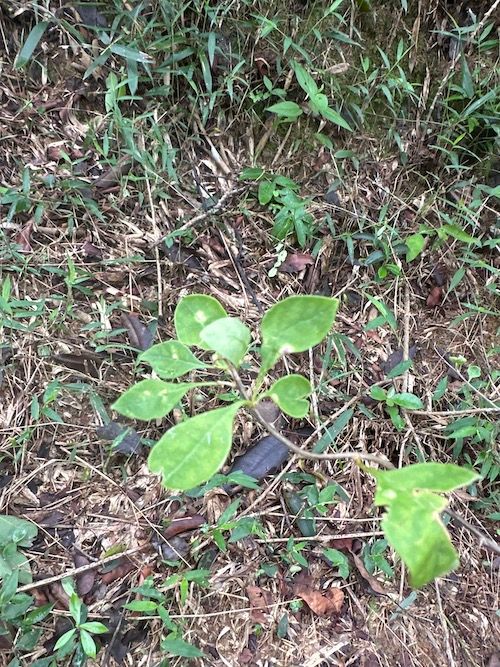
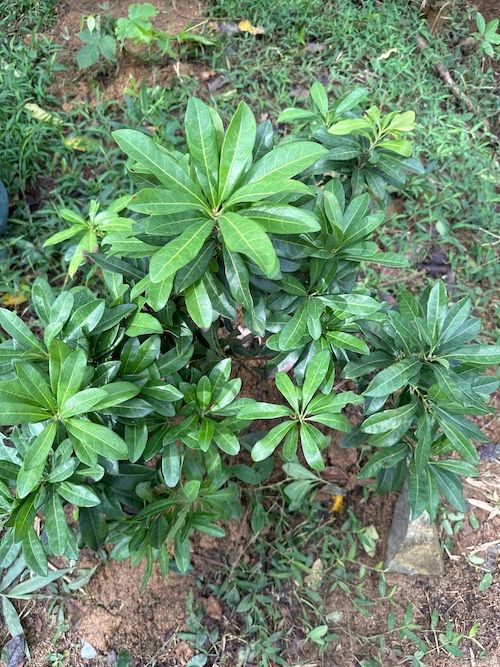
A medicinal bath is an external treatment method of Chinese medicine, using liquid medicine to bathe the whole body or part of it. As early as “Prescriptions for Fifty-two Diseases", the medicinal bath prescription for treating baby epilepsy has been mentioned. It has a long history. Nowadays, the common medicinal baths are divided into three types: body baths, sitz baths, and foot baths. The Chinese medicine garden is currently planting Argy Sagebrush, Fineleaf Schizonepeta Herb, Fortune’s Eupatorium Herb, Common St. Paulswort Herb, and Japanese Clubmoss Herb. There are common traditional Chinese medicines used in medicinal baths.
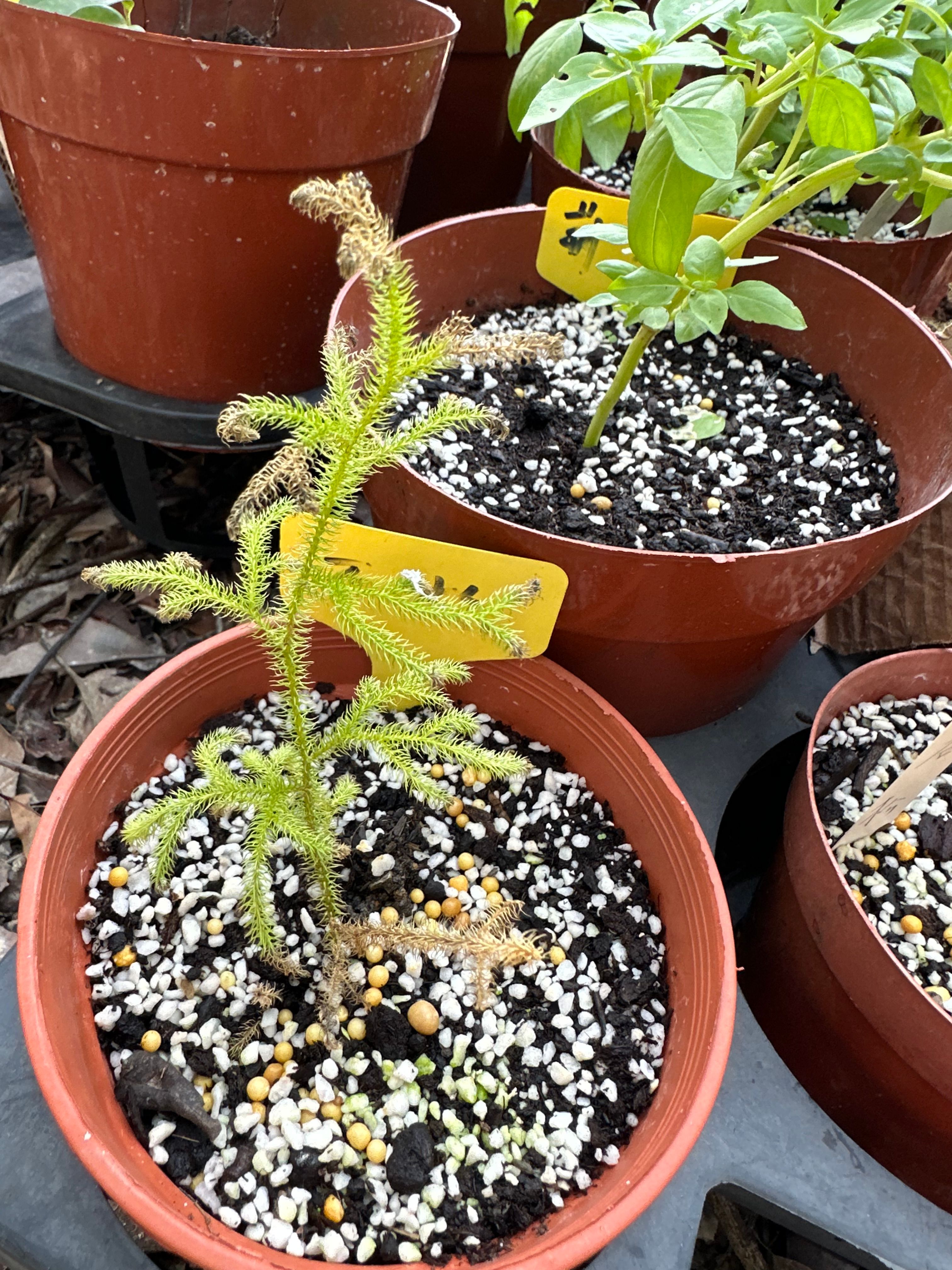
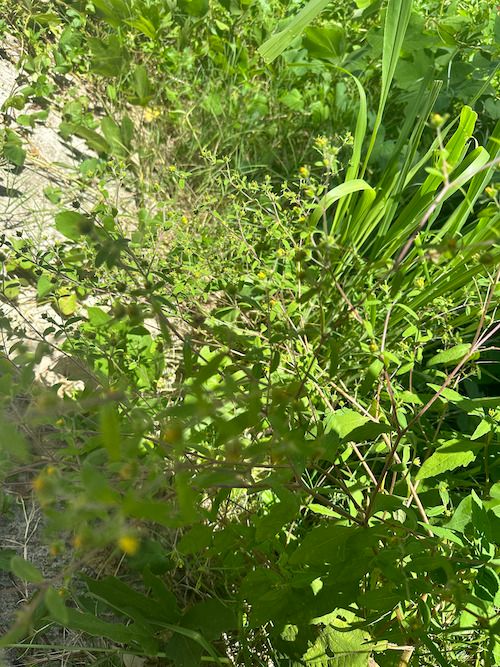
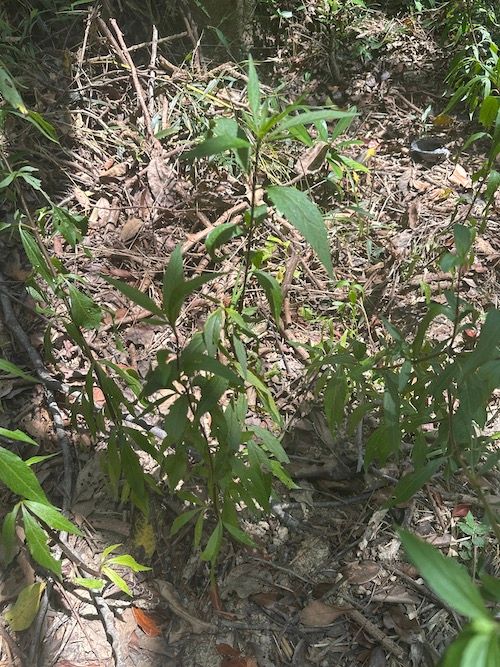
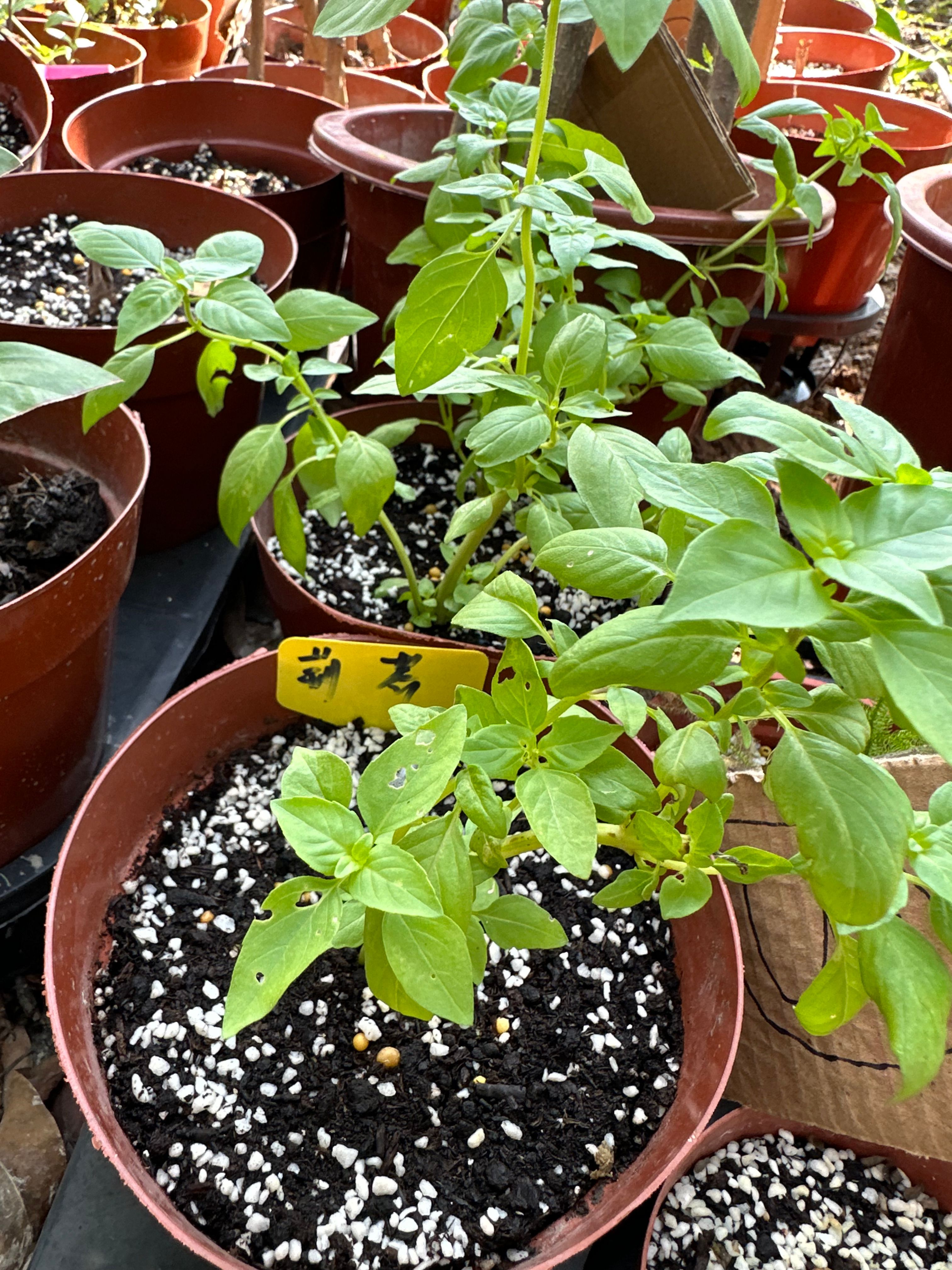
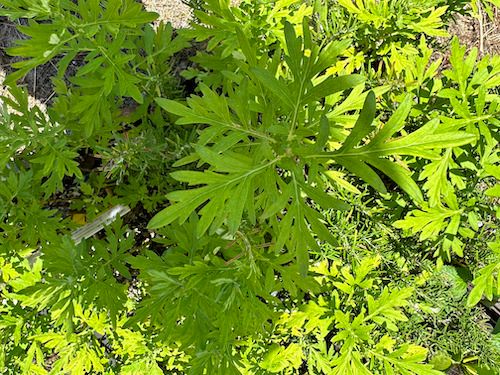
Traditional Chinese medicine often uses fresh herbs to treat diseases. "Shennong's Classic of Materia Medica" states that "the living are the best". This "living" refers to "fresh". In "Prescriptions for Fifty-two Diseases" and "Handbook of Prescriptions for Emergency", there are also examples of taking Dioscorea opposita and Artemisia carvifolia fresh juice to treat diseases. Classic medical book records that fresh herbs can also be taken directly and have therapeutic effects. The Chinese medicine garden is currently planting Balloonflower Root, Loquat Leaf, Chinese Arborviae Twig and Leaf, Reed Rhizome, Bamboo Shavings, Calamus, China Aloes, Common Motherwort Herb, Sorrel, and Narrowleaf Nettle. There are common traditional Chinese medicines used in fresh herbs.

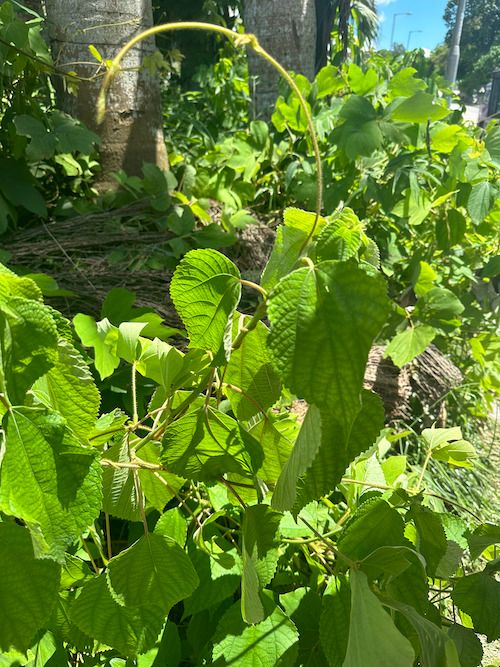
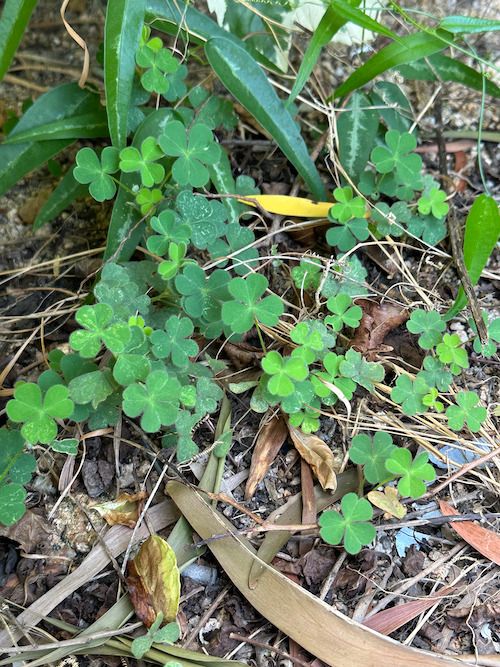
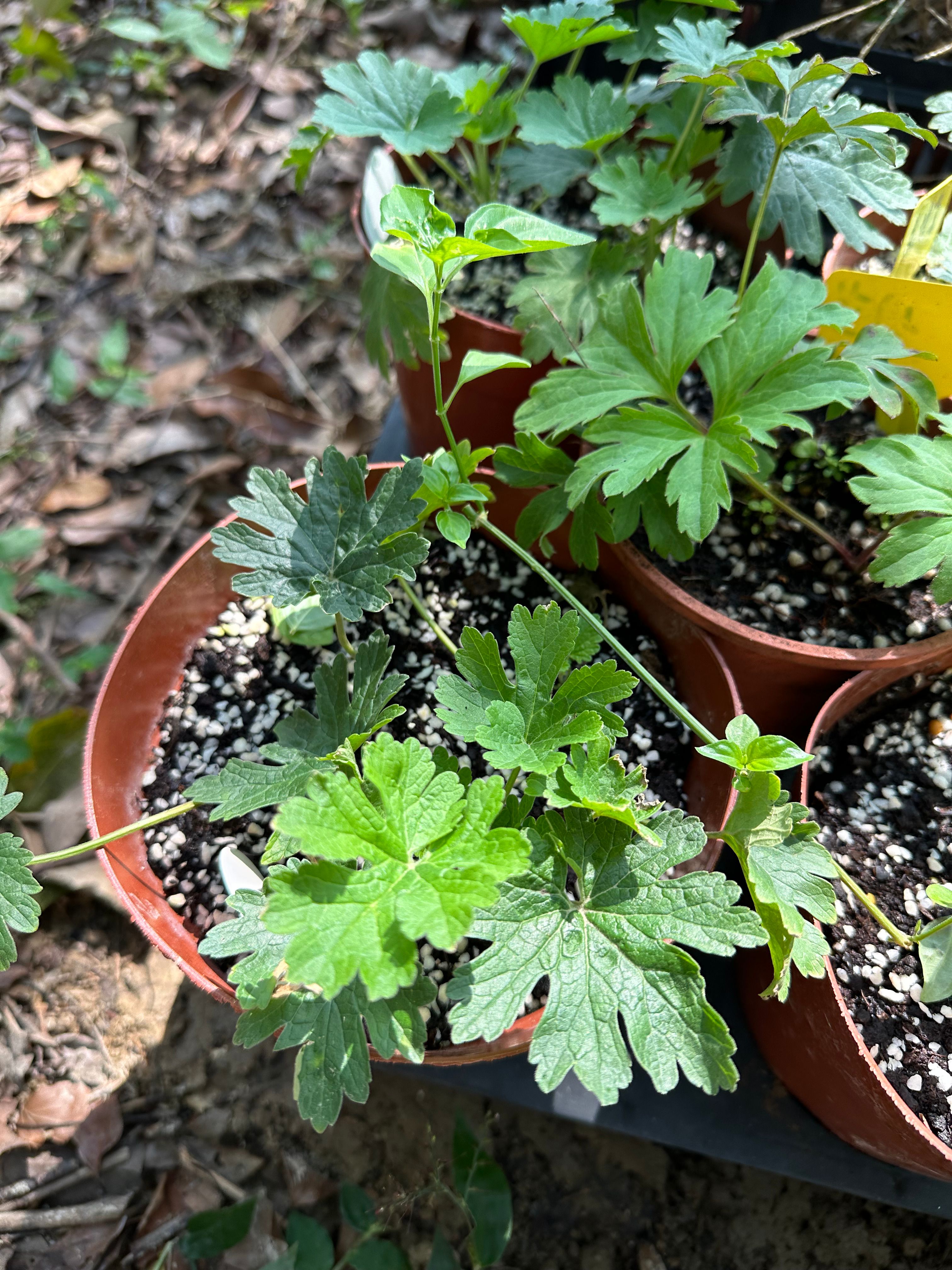
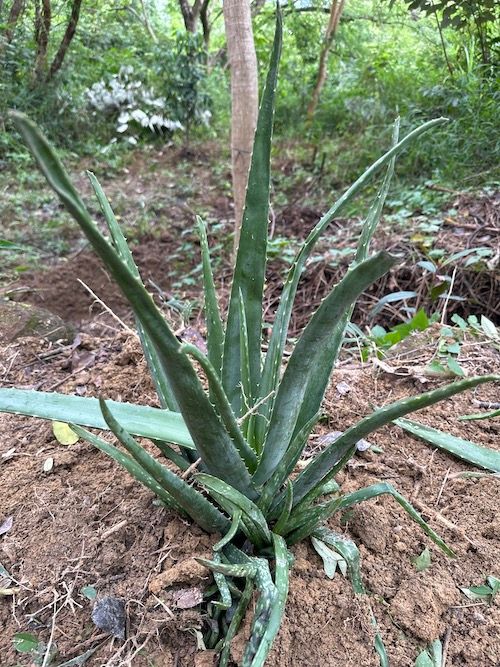
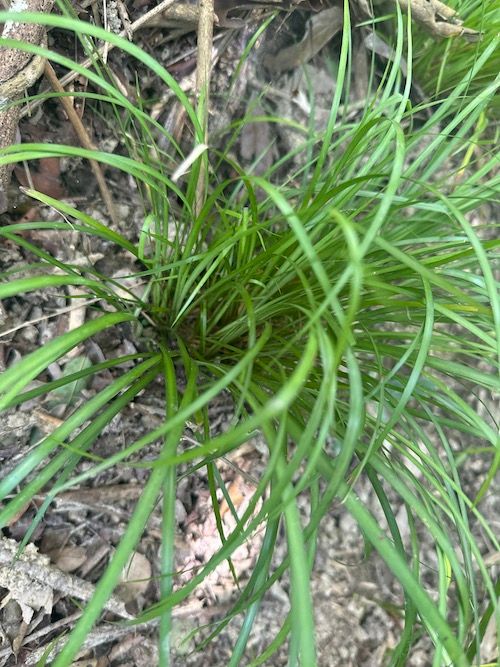

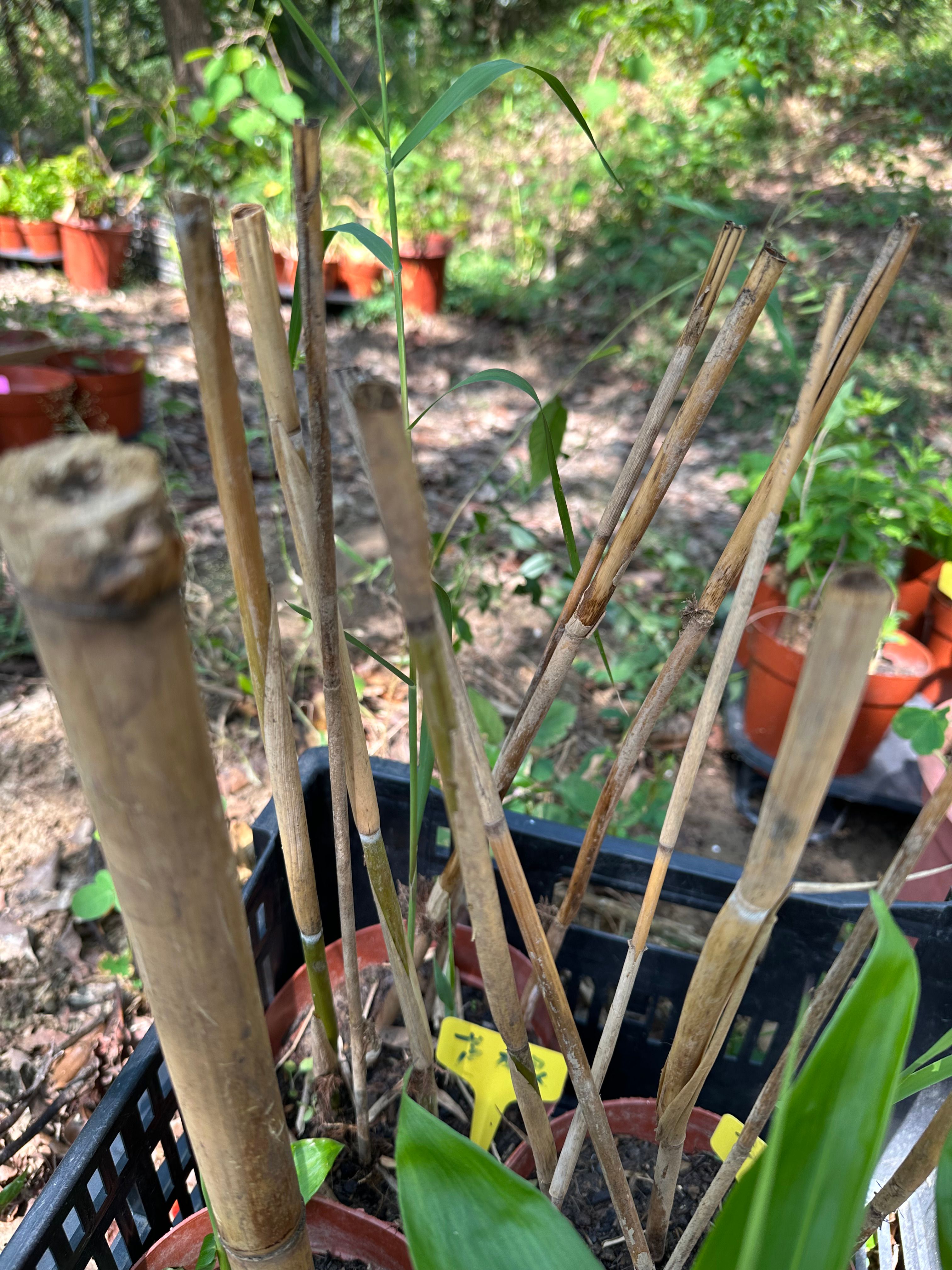
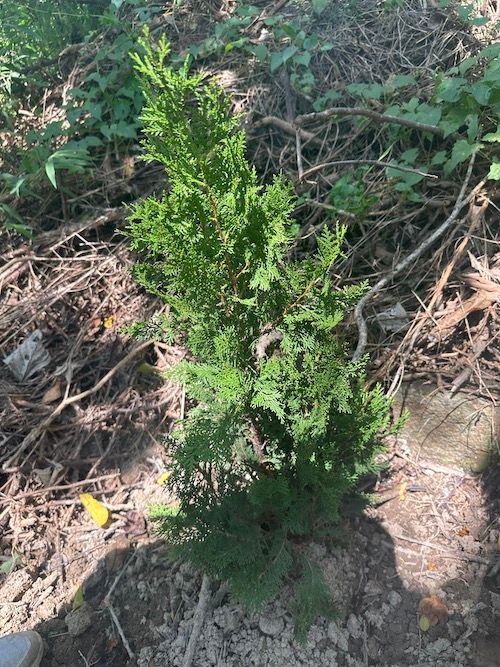
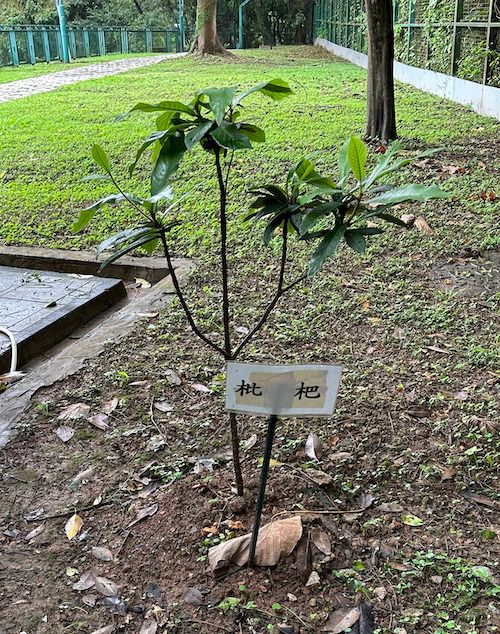
Herb is Chinese herbal medicines with a strong smell, which is often used as spices and can also be used as medicines in Chinese medicine prescriptions. Wu Shi Ji, the author of "Li Yu Pian Wen", also pointed out external treatment must use Chinese medicine with a strong flavor. The Chinese medicine garden is currently planting Truestar AniseLemon, Clove, Bay Laurel, Cassia Bark, Bunge Pricklyath Pericarp, Mint, Rosemary, Black Pepper Fruit, Long Pepper, Citronella, Cultibated Purple Perilla Leaf, Fennel Fruit, Tsaoko Amomum Fruit, and Sweet Basil. There are common traditional Chinese medicines used in herbs.
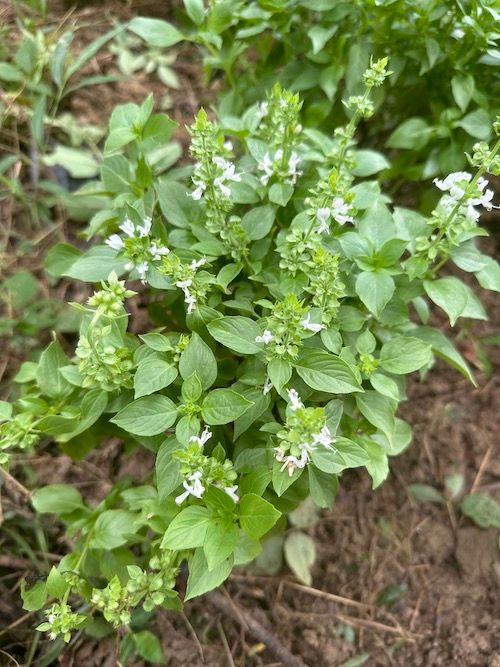


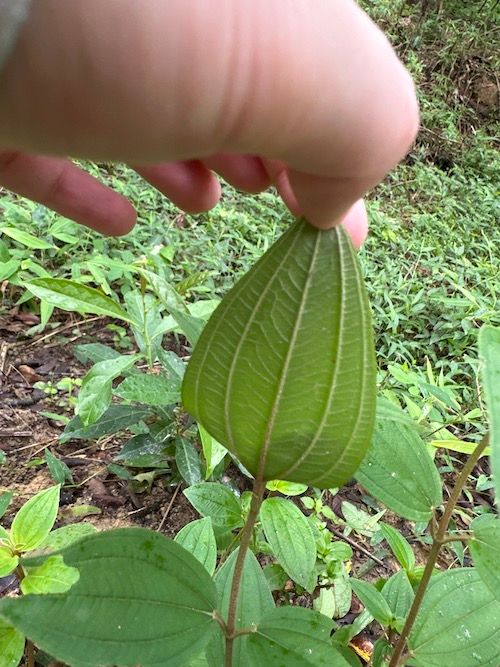
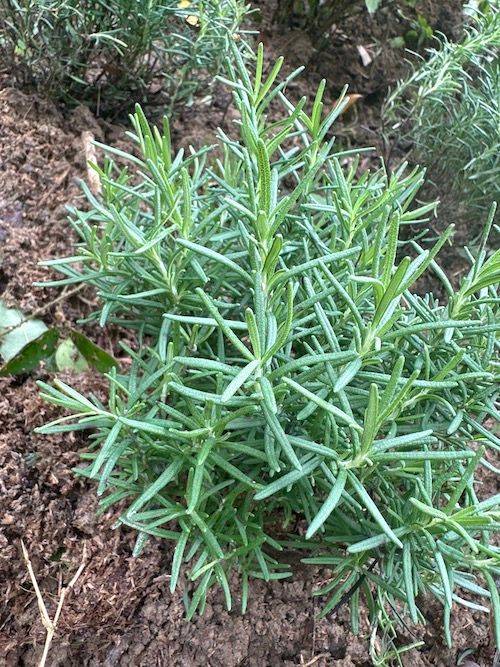
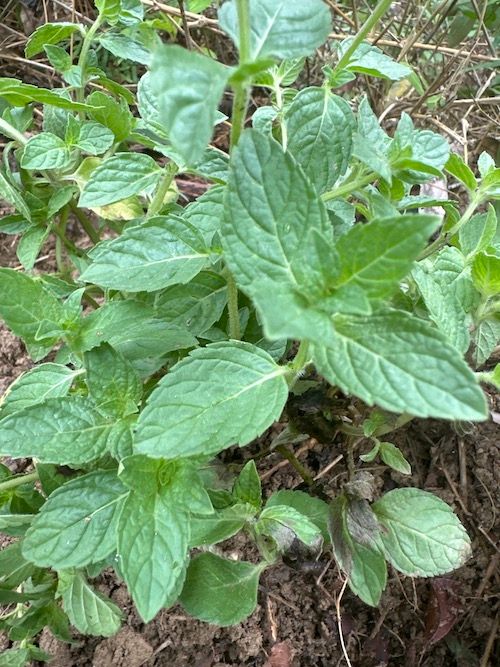
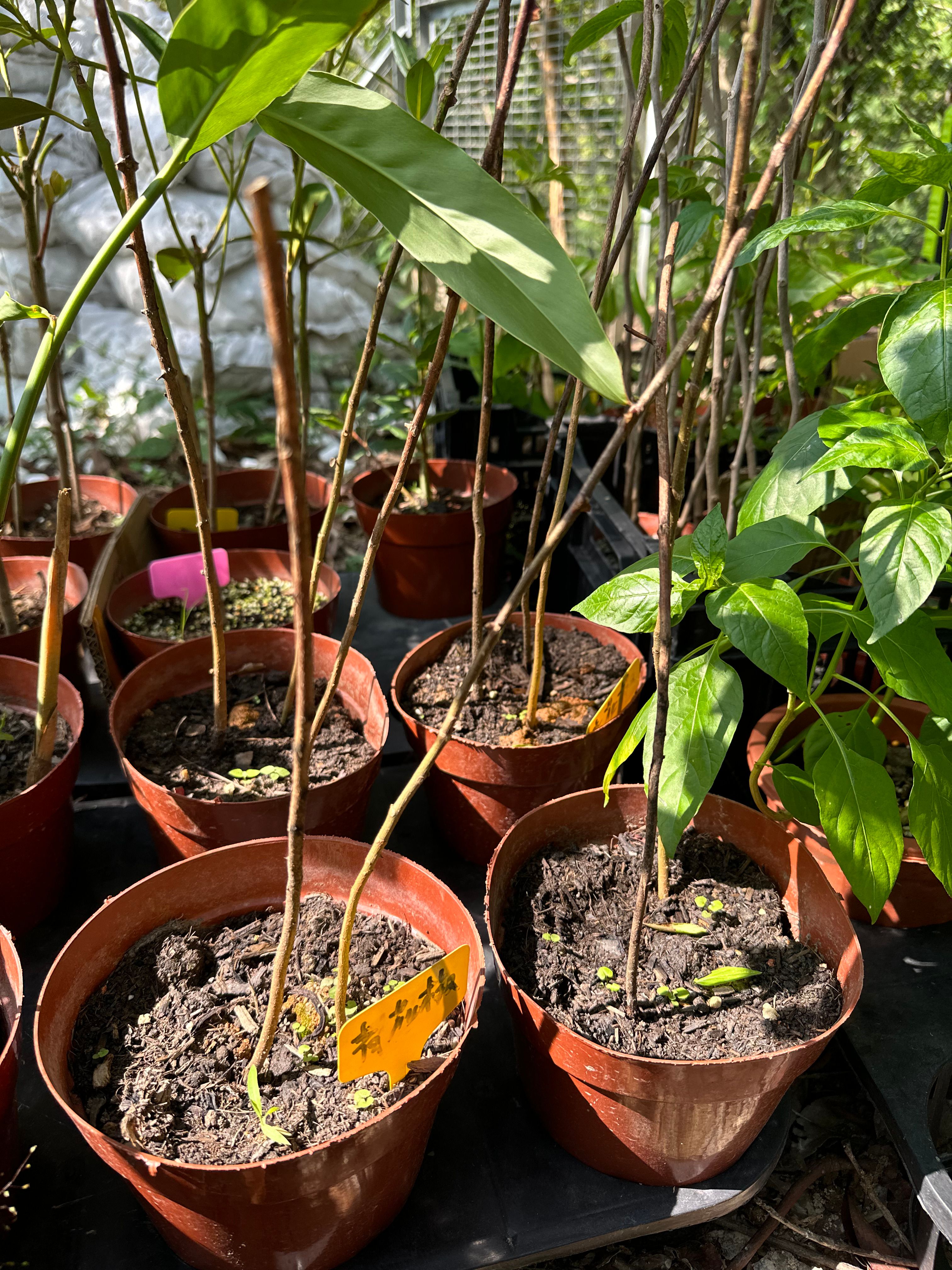
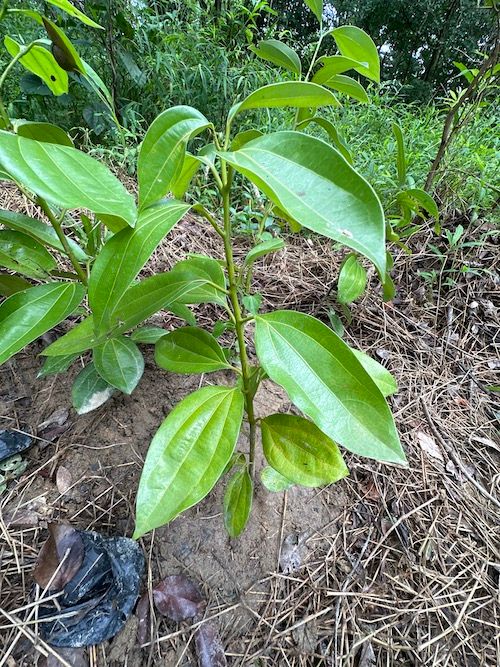
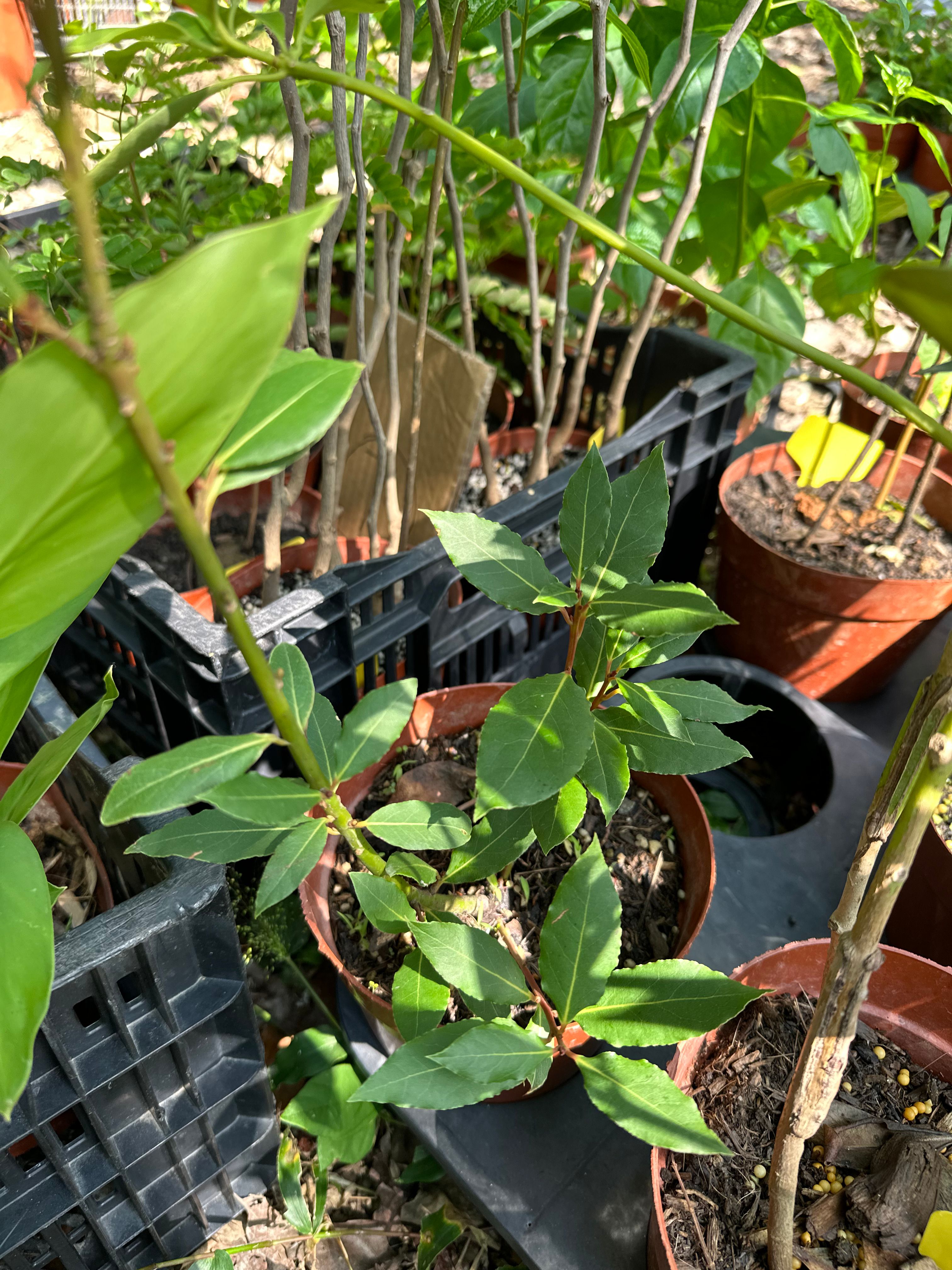
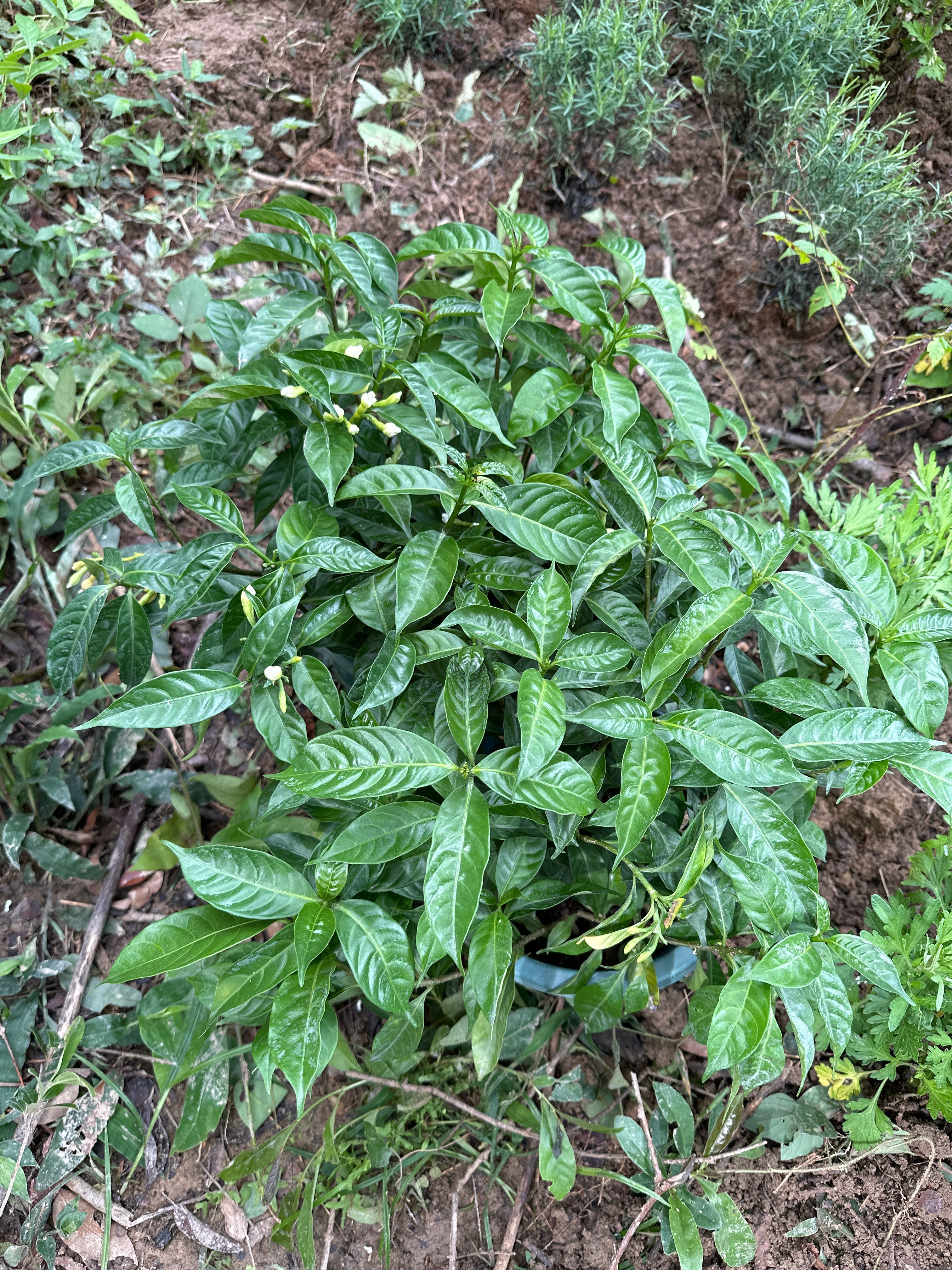
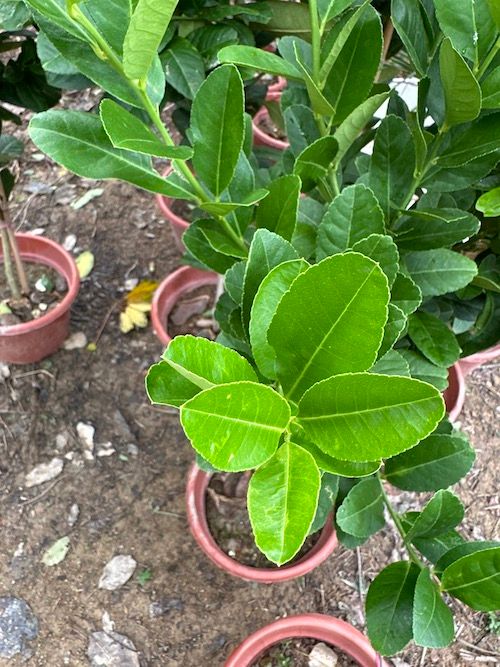
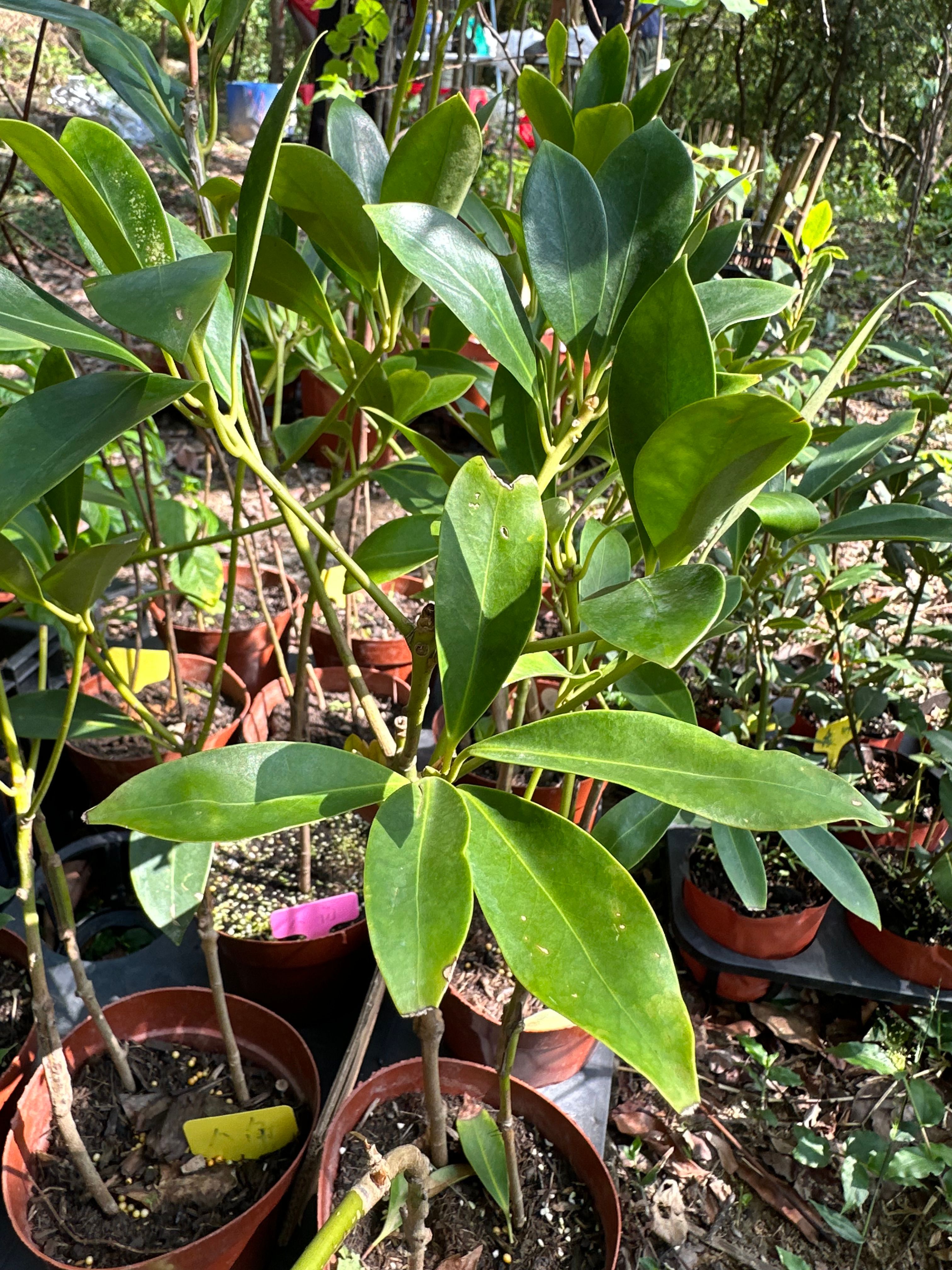
Folk/Folklore Chinese medicine is Chinese herbal medicine commonly used by folks to treat diseases. In addition to treating diseases, traditional Chinese medicine in this area is also commonly used for health care. It is a folk wisdom culture. The Chinese medicine garden is currently planting Tomentose Pummelo Peel, Pomegranate Rind, False Pineapple, Medicinal Evodia Immature Fruit. There are common traditional Chinese medicines used in folk/folklore Chinese medicine.
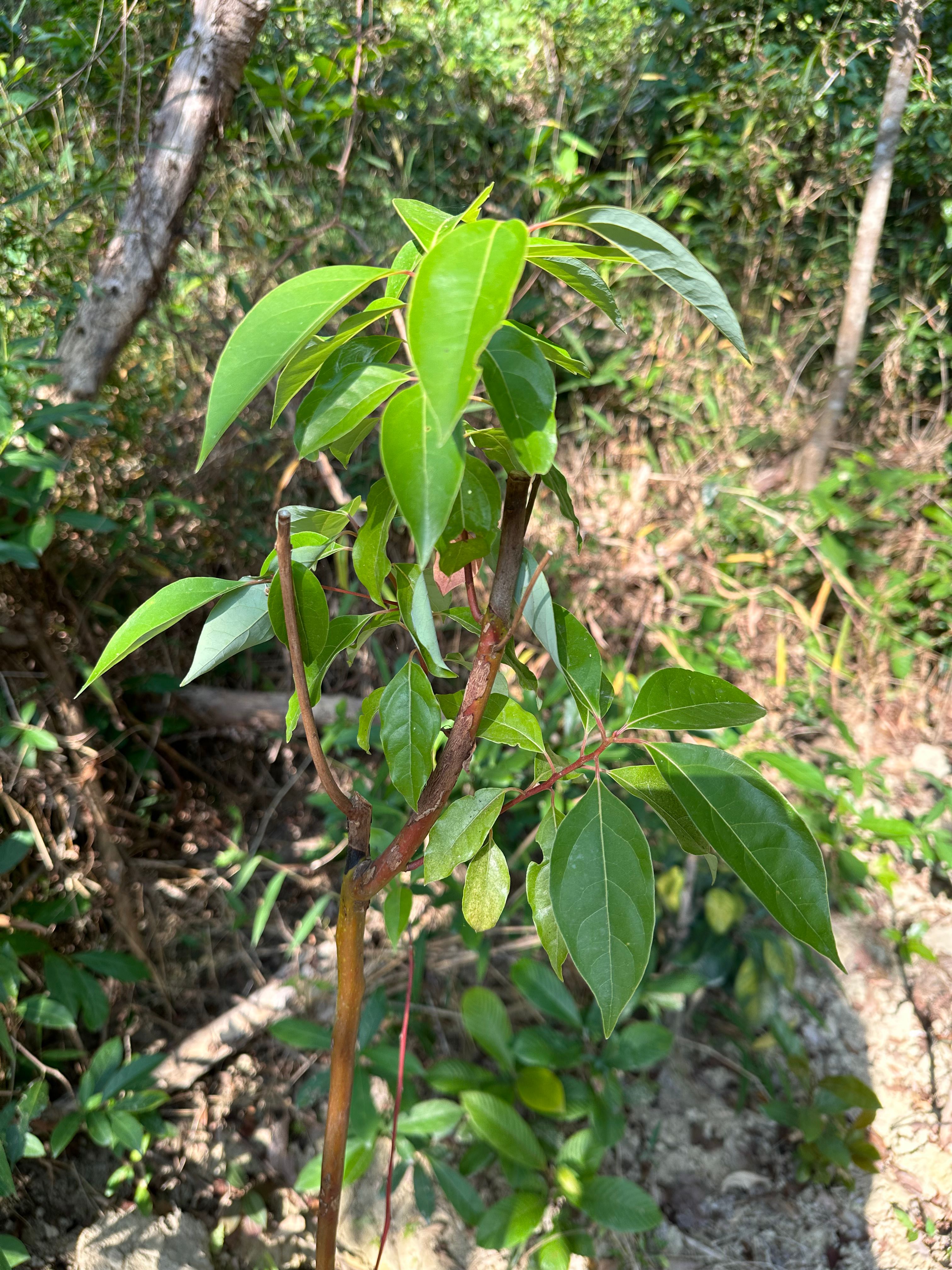
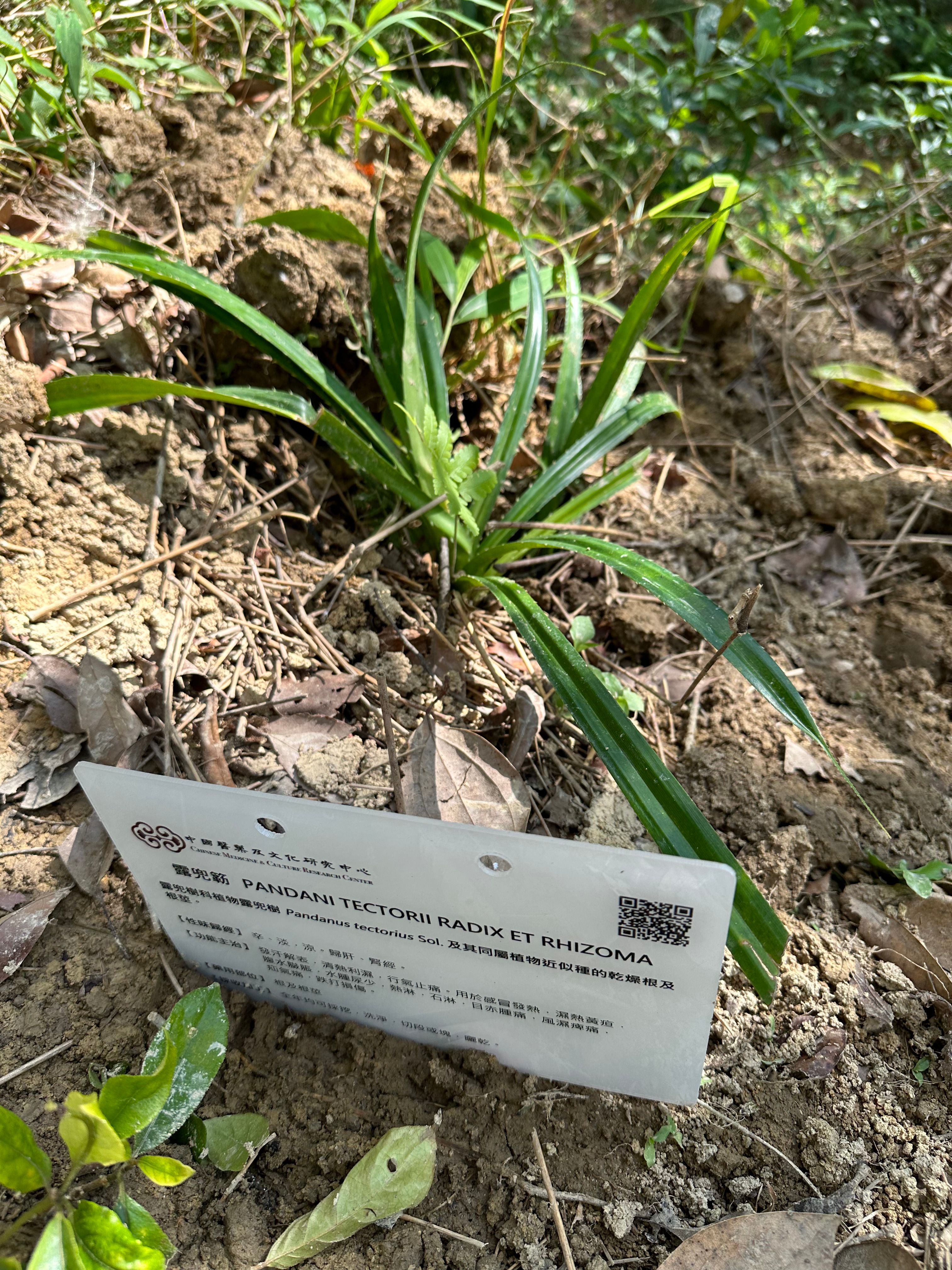
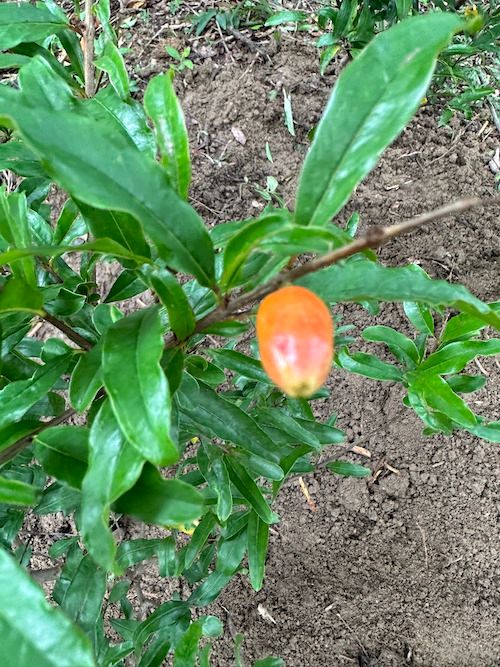
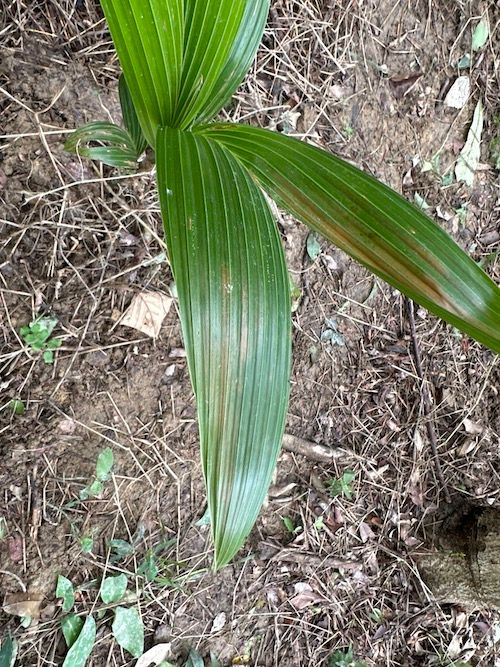
Lingnan includes Guangdong, Guangxi, Hainan, Hong Kong, and Macau. It is one of the places of origin of Chinese herbal medicines. Authentic Chinese medicine means high-quality Chinese medicine from specific origins. It has over 50 types of authentic Chinese medicine in Lingnan recorded in the "Chinese Pharmacopoeia". The Chinese medicine garden is currently planting Mulberry Leaf, Edible Fig, Eucommia Bark, Ginkgo Leaf, Sappan Caesalpinia, Tangerine Peel, Finger Citron Fruit, Patchouli, Galanga Galangal Fruit, Suberect Spatholobus Stem, Japanese Climbing Fern Spore, Villous Amomum Fruit, Tuber Fleeceflower Root, Medicinal Morinda Root, and Canton Abrus Herb. There are common local Lingnan Chinese medicines.
